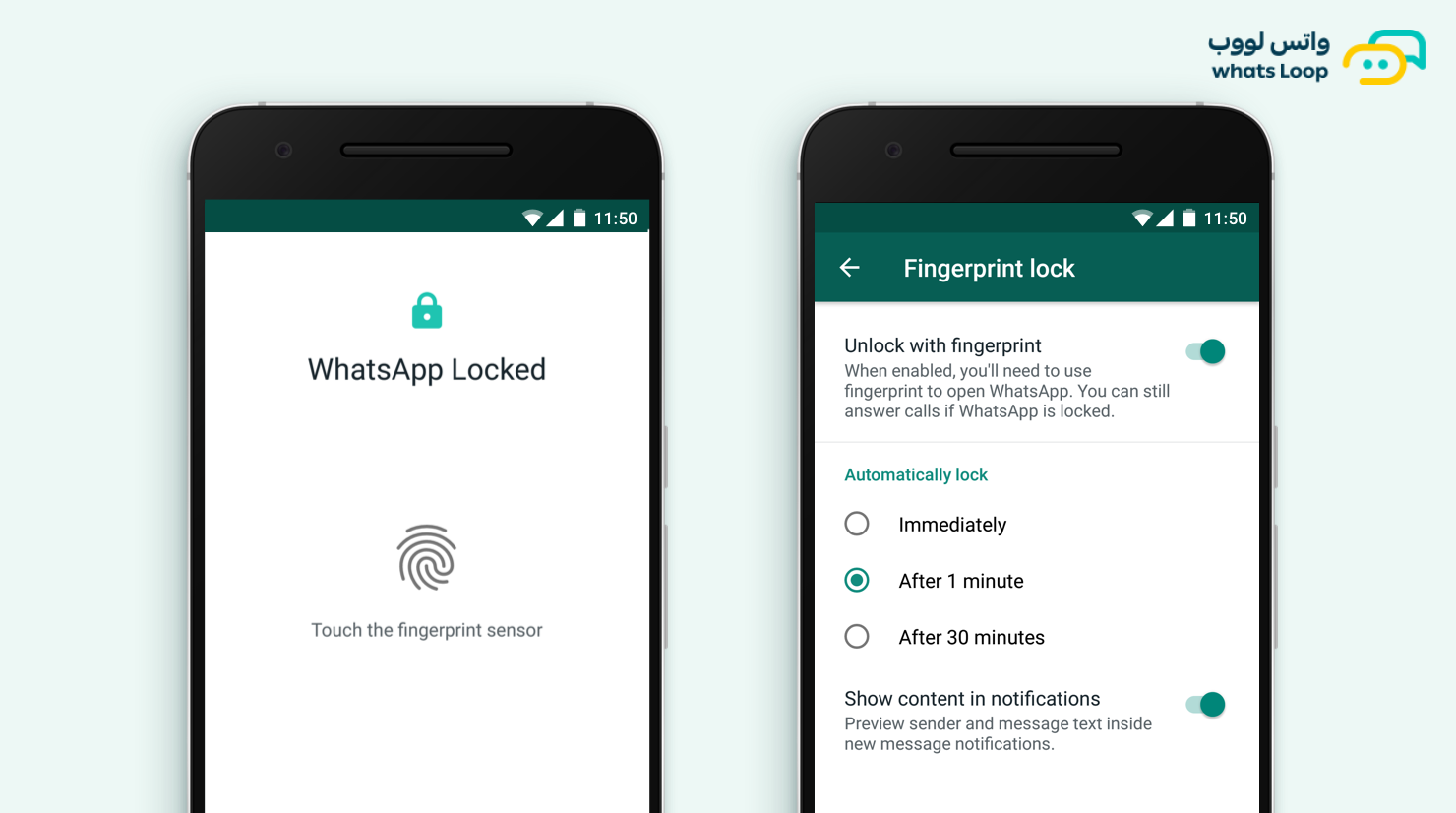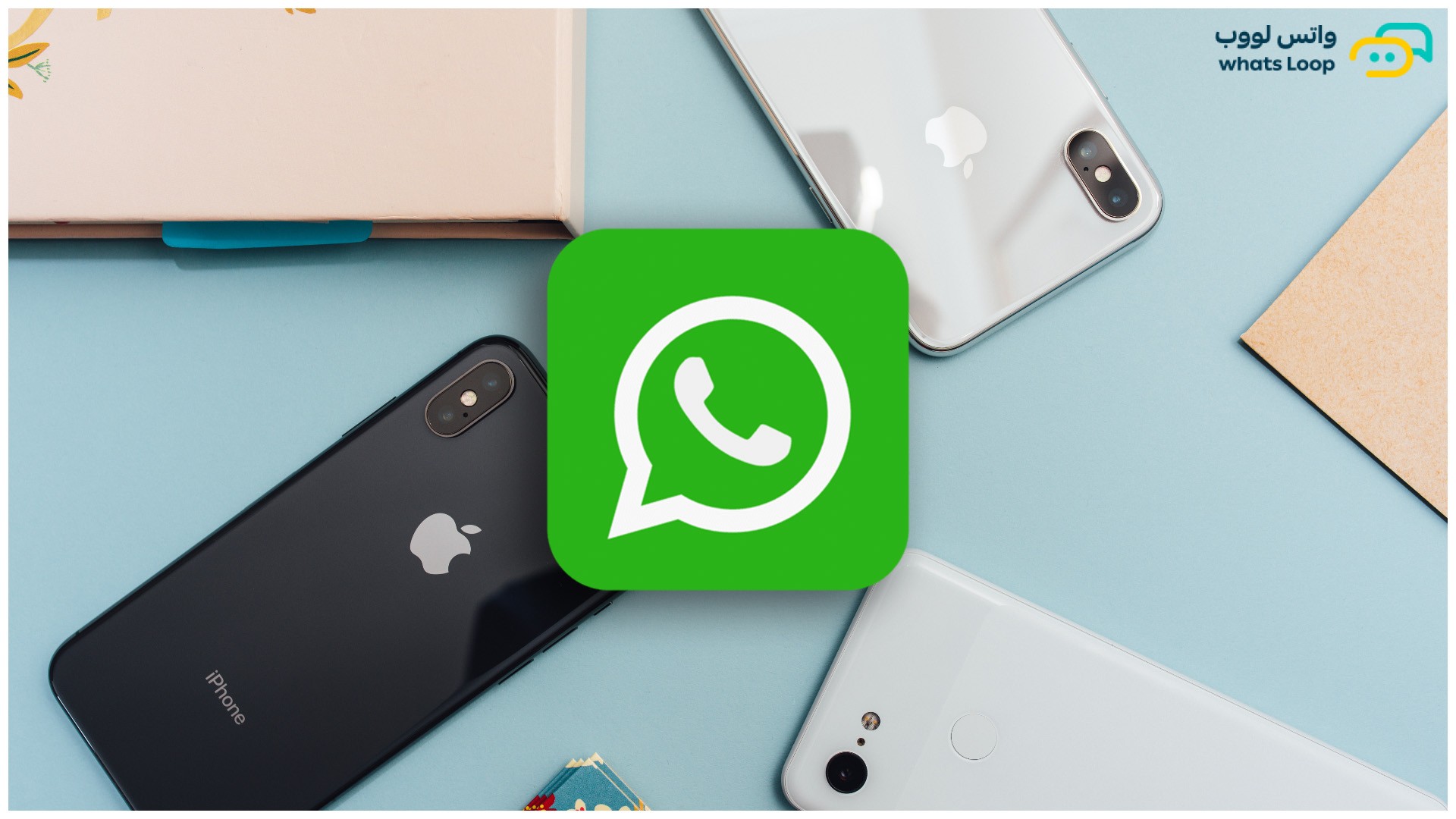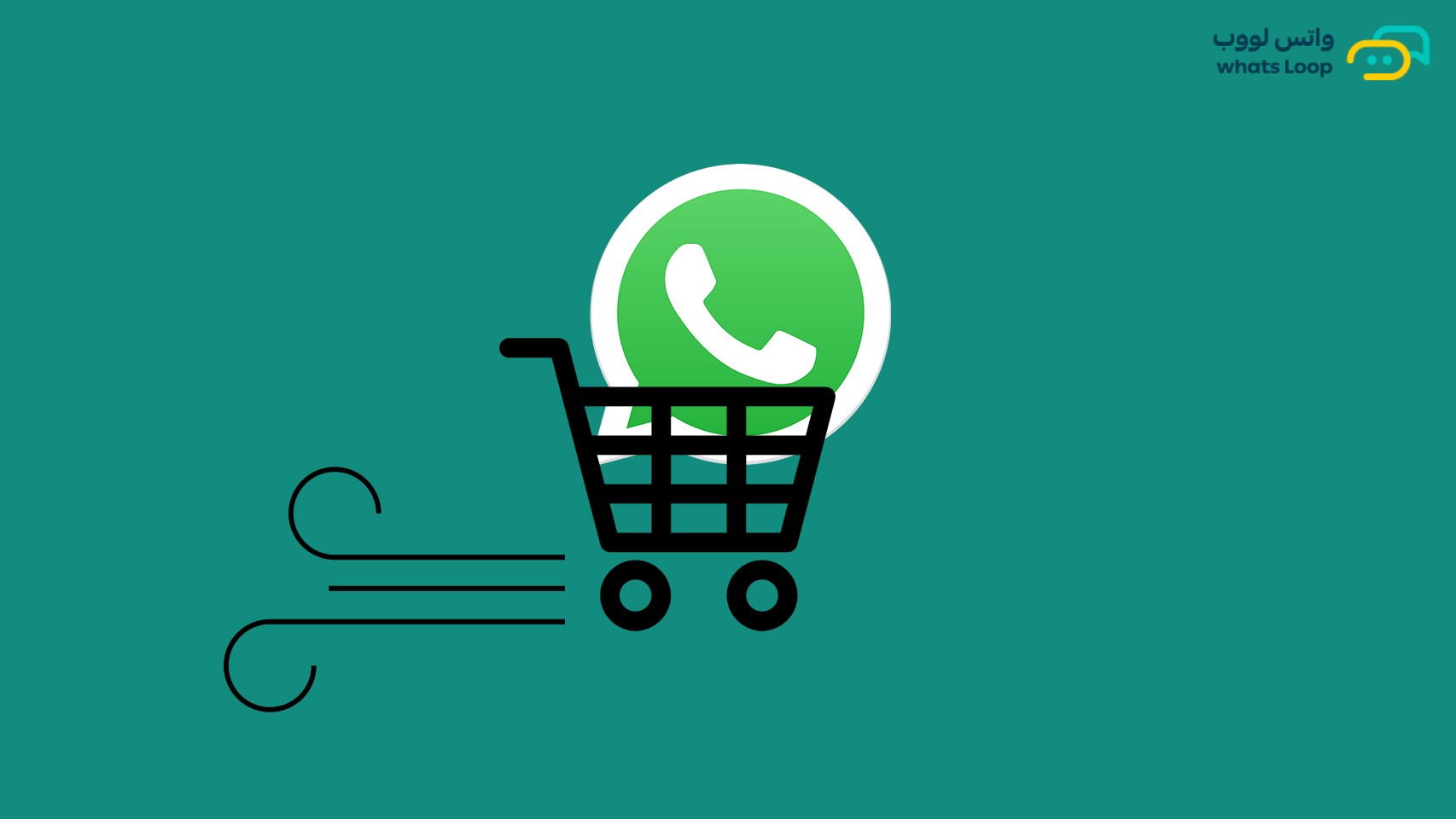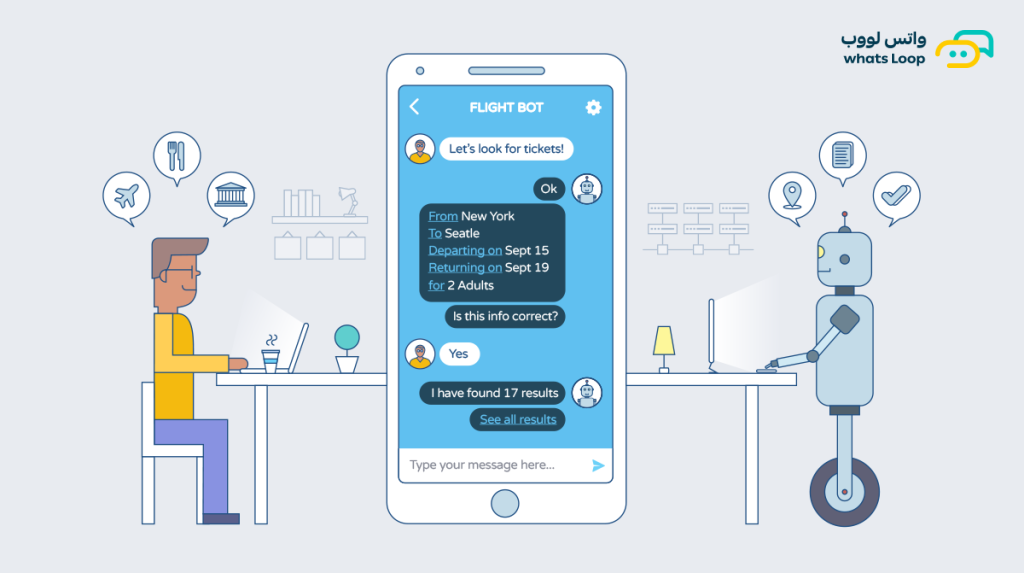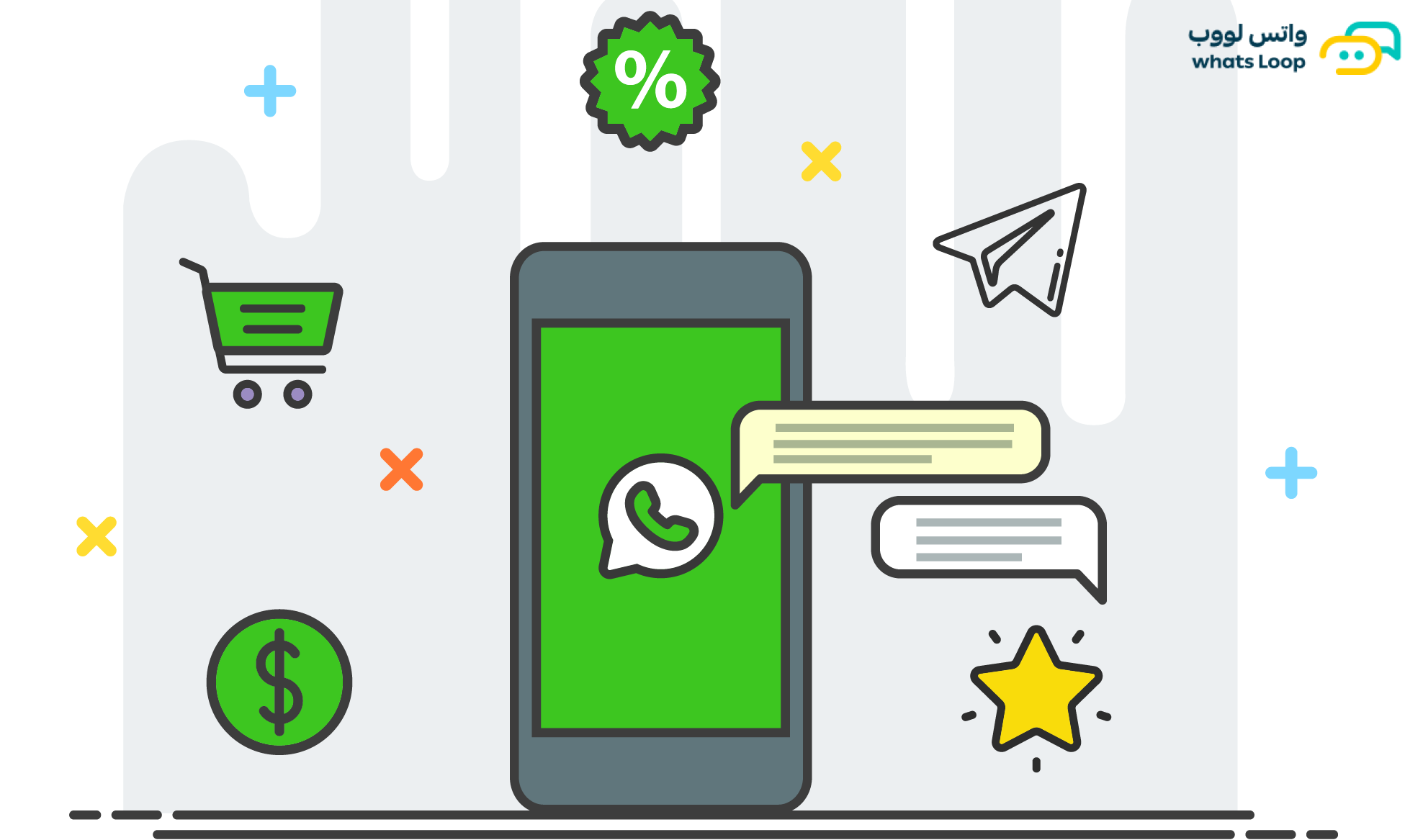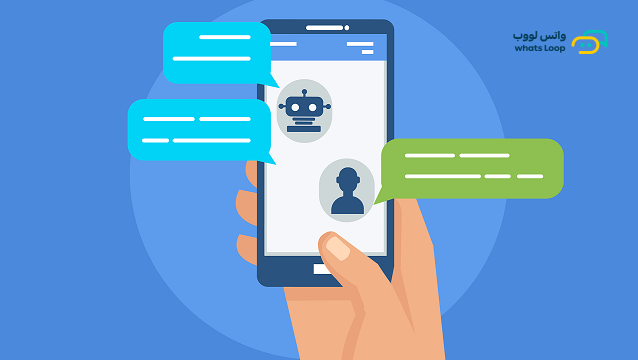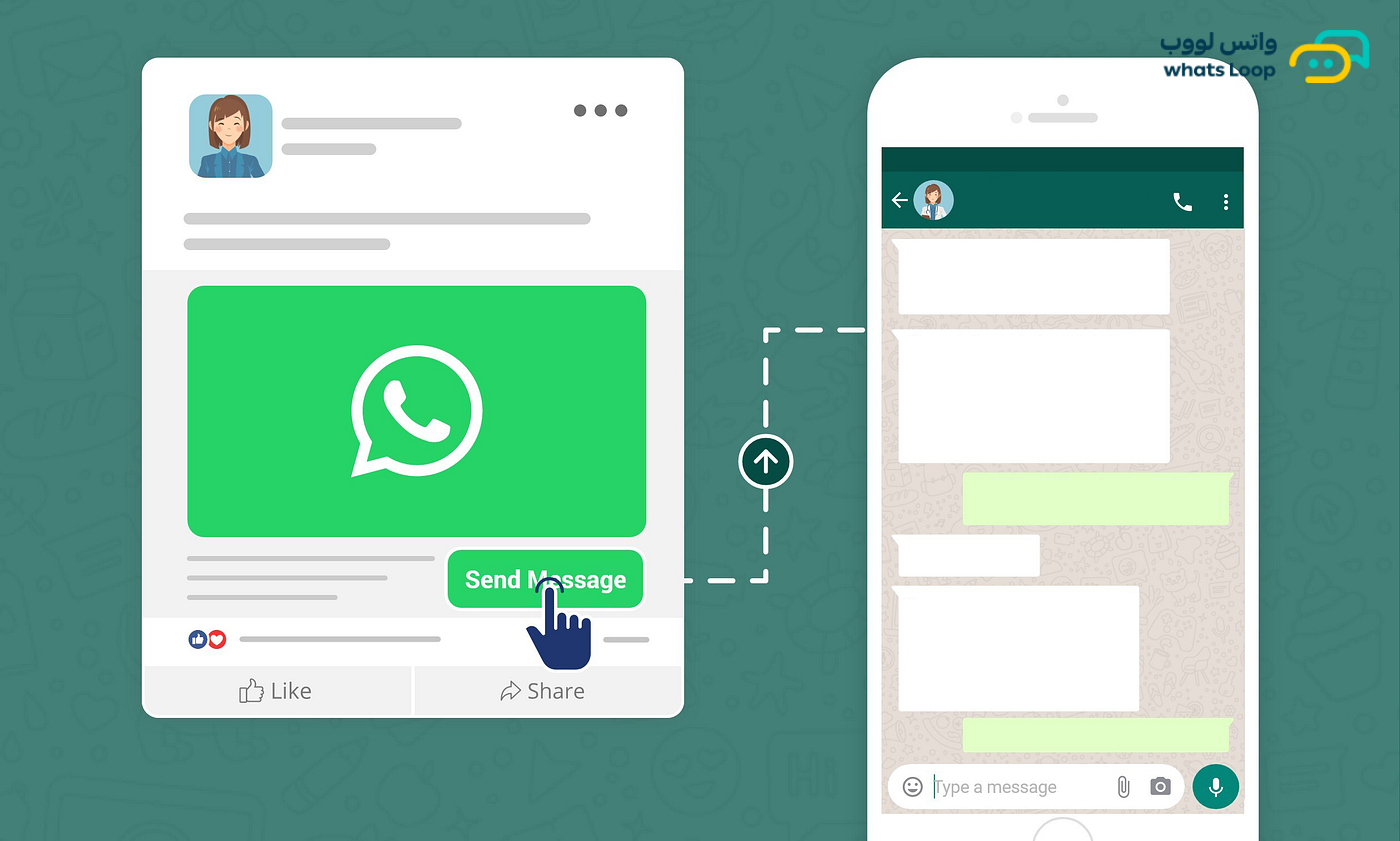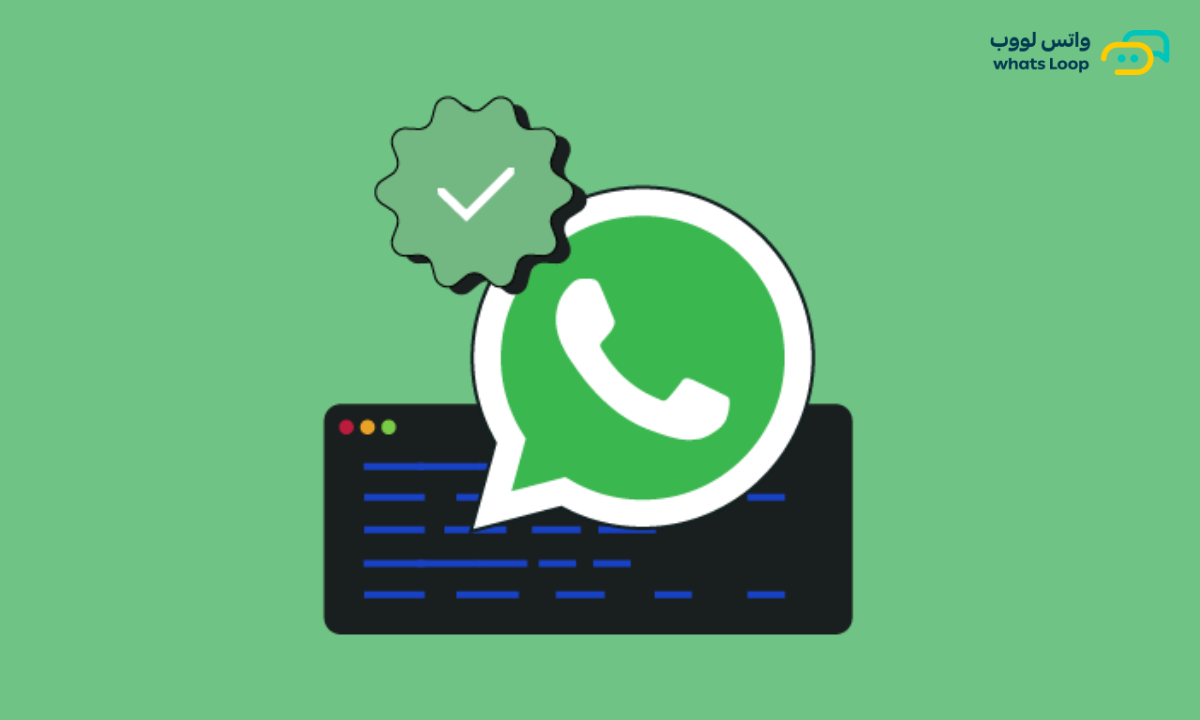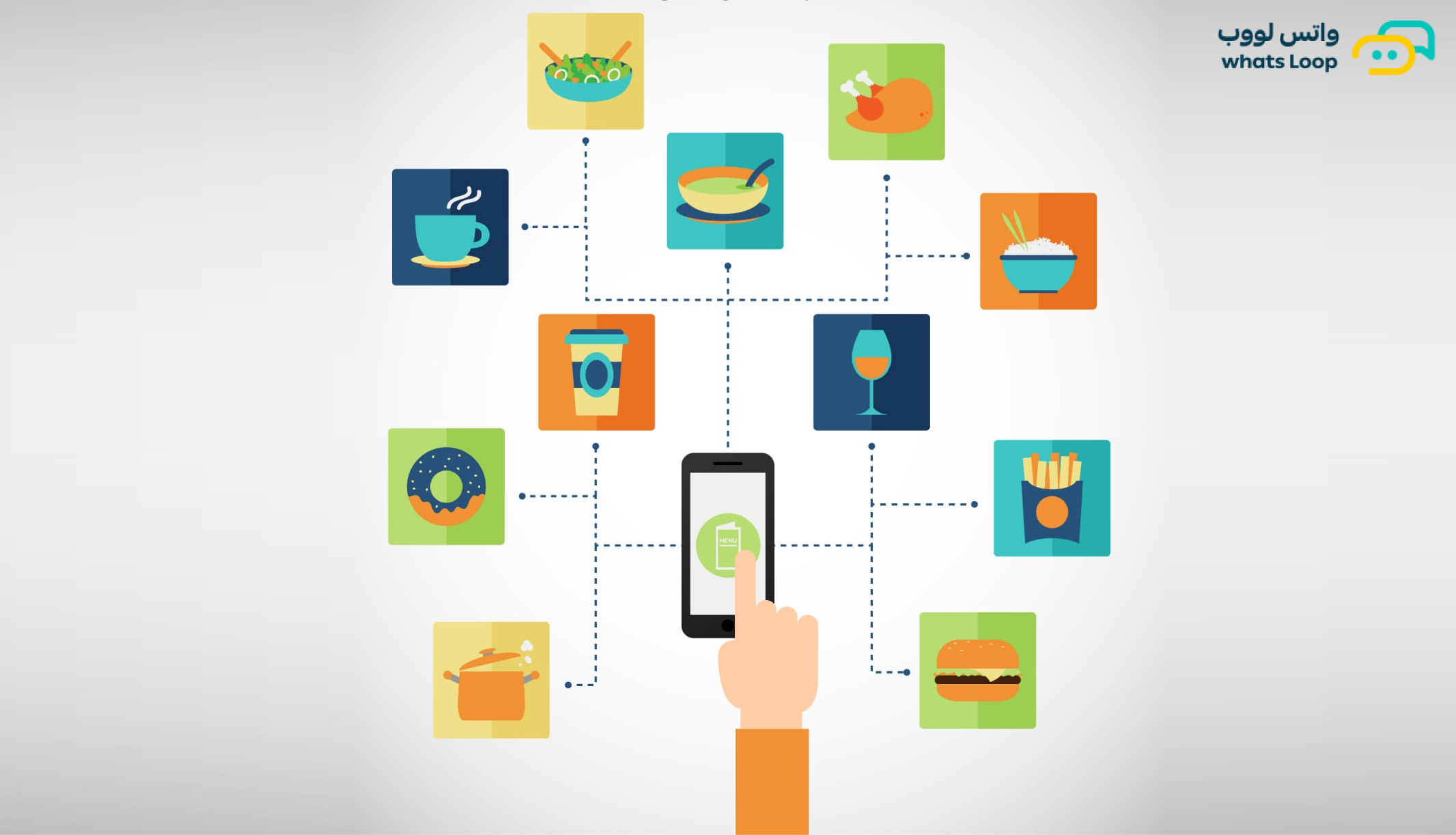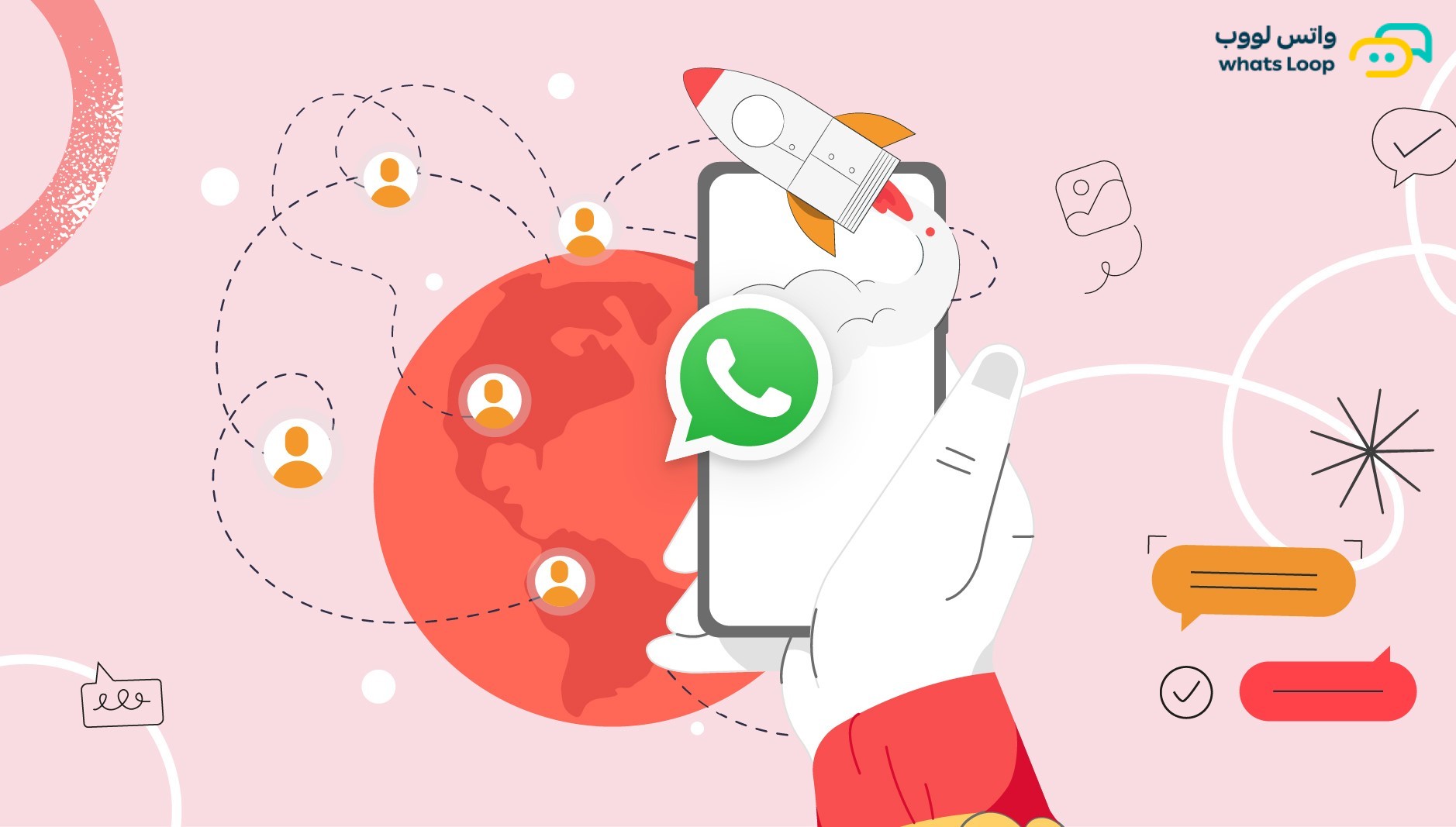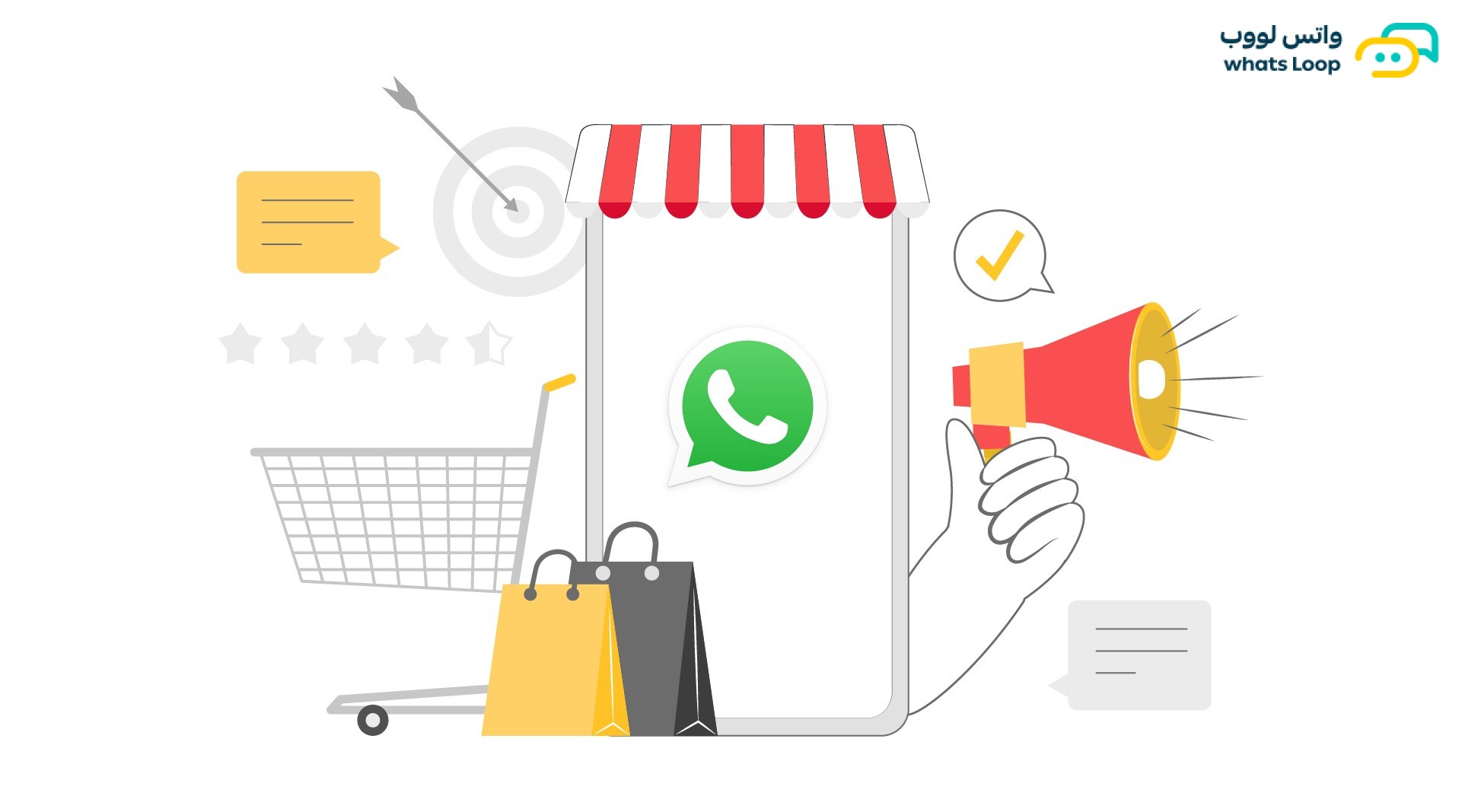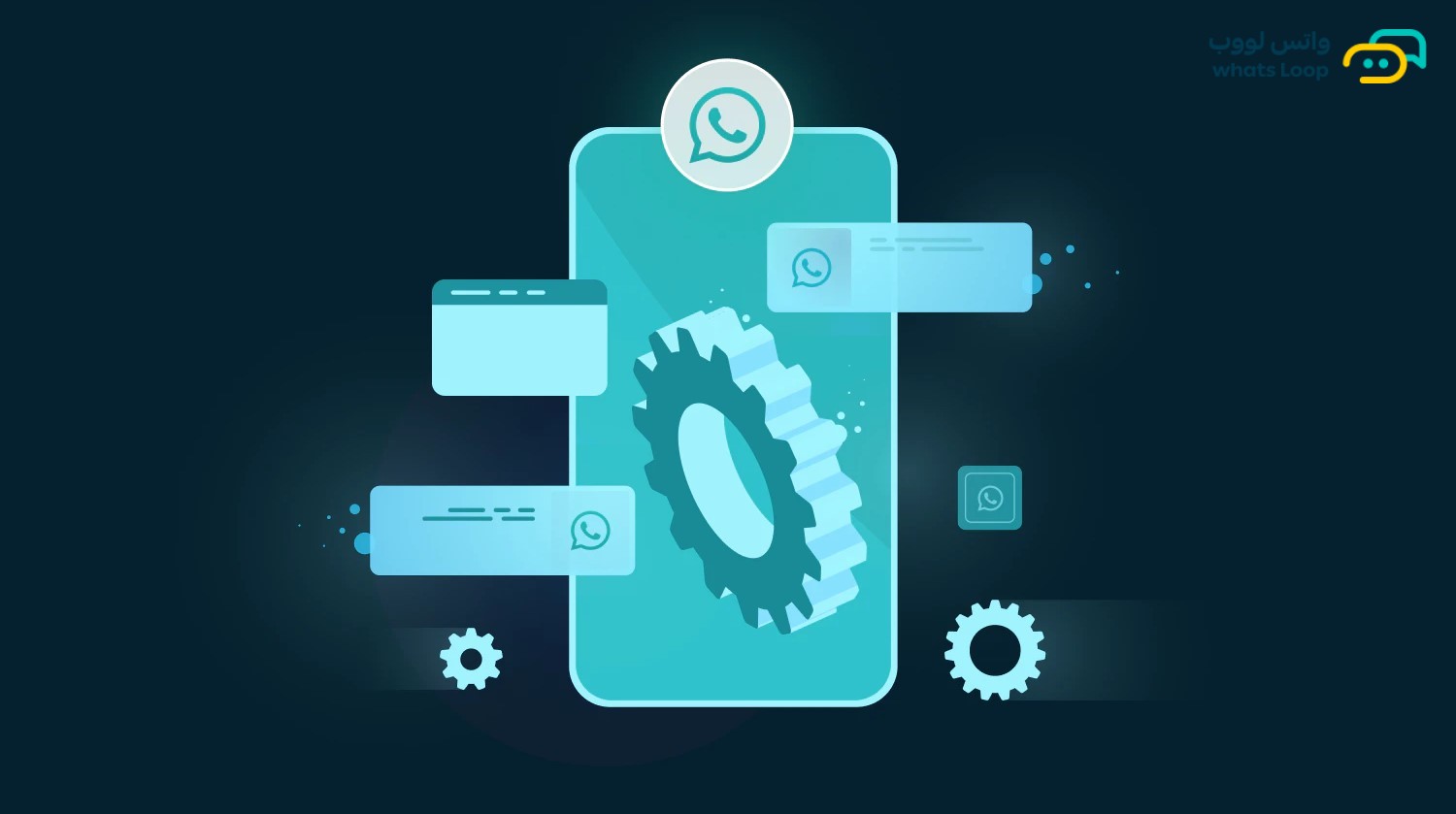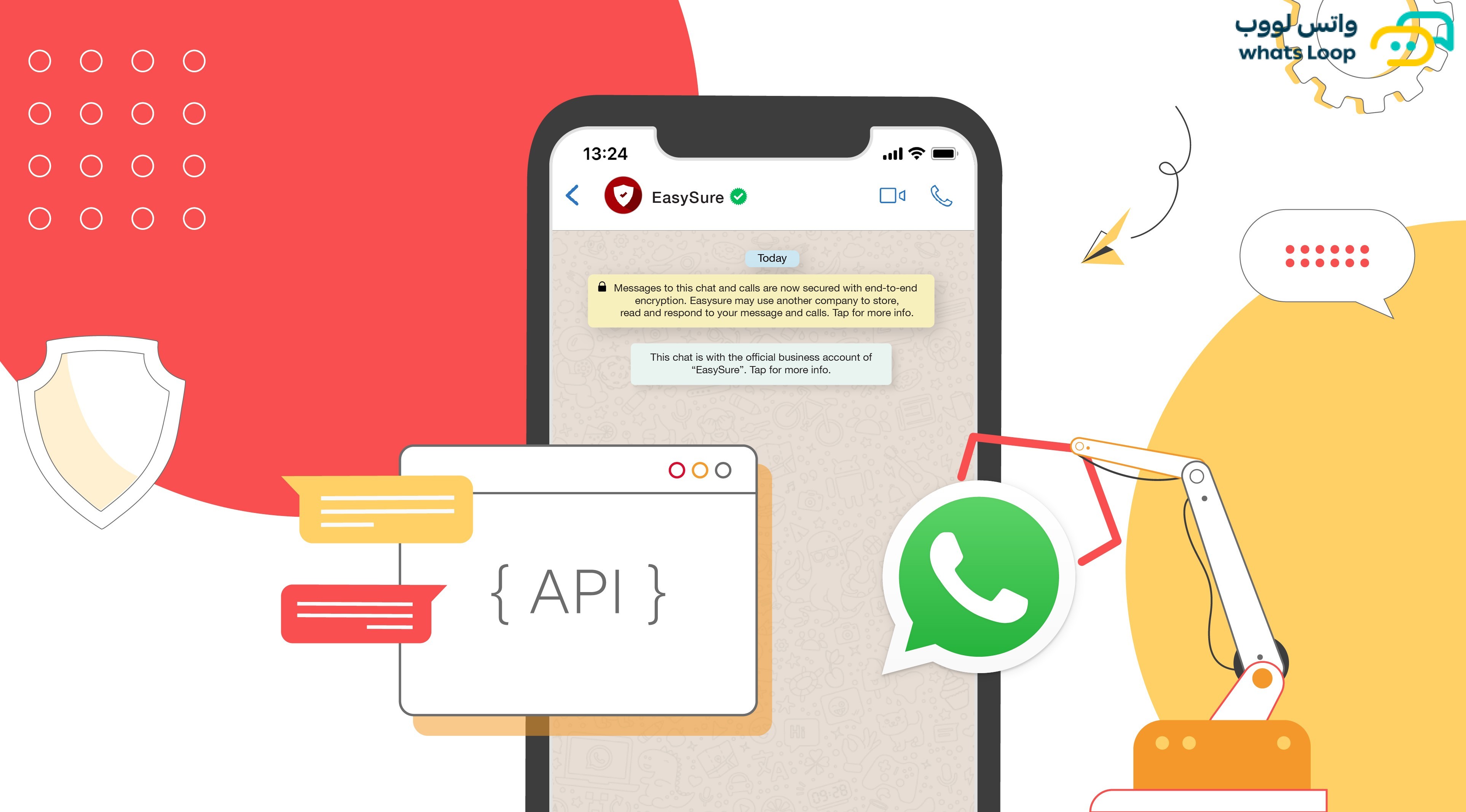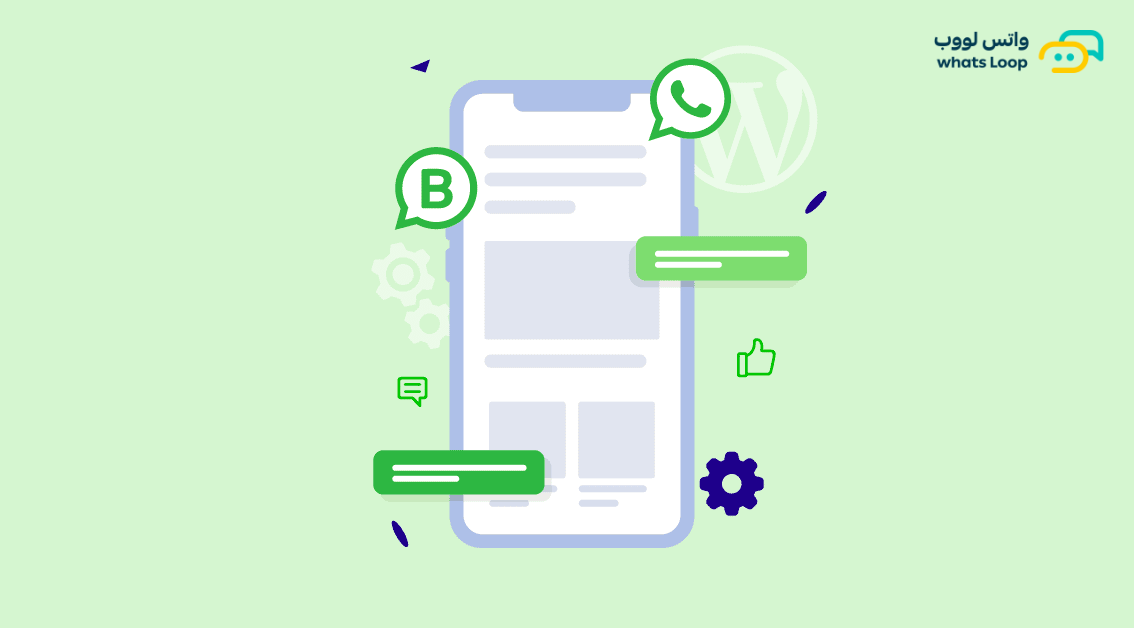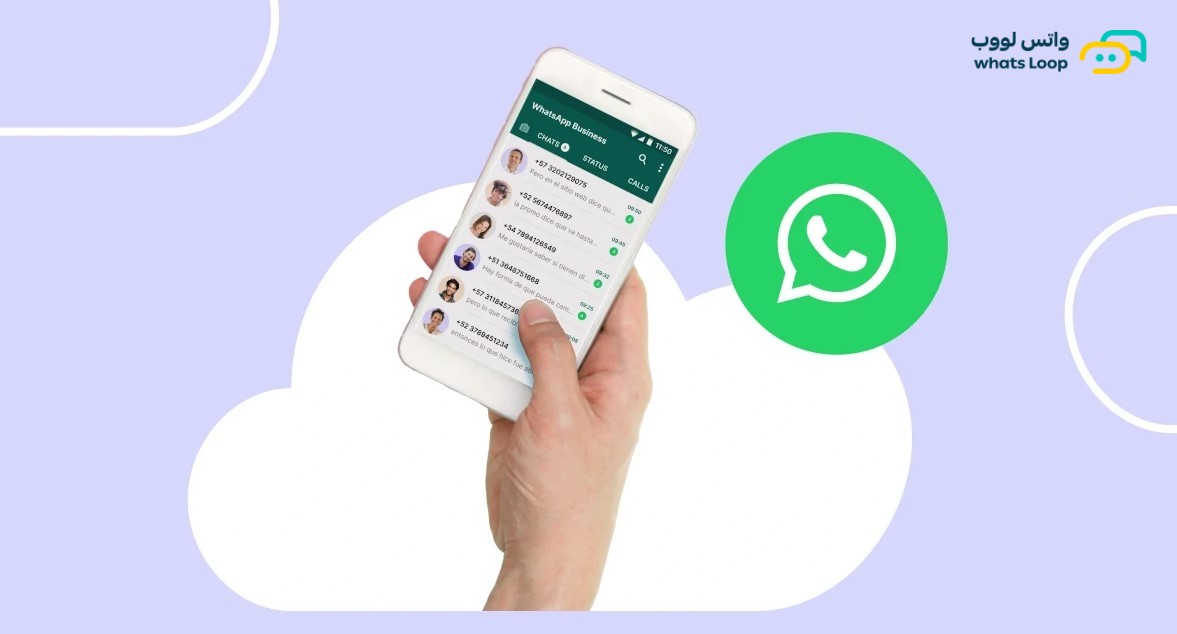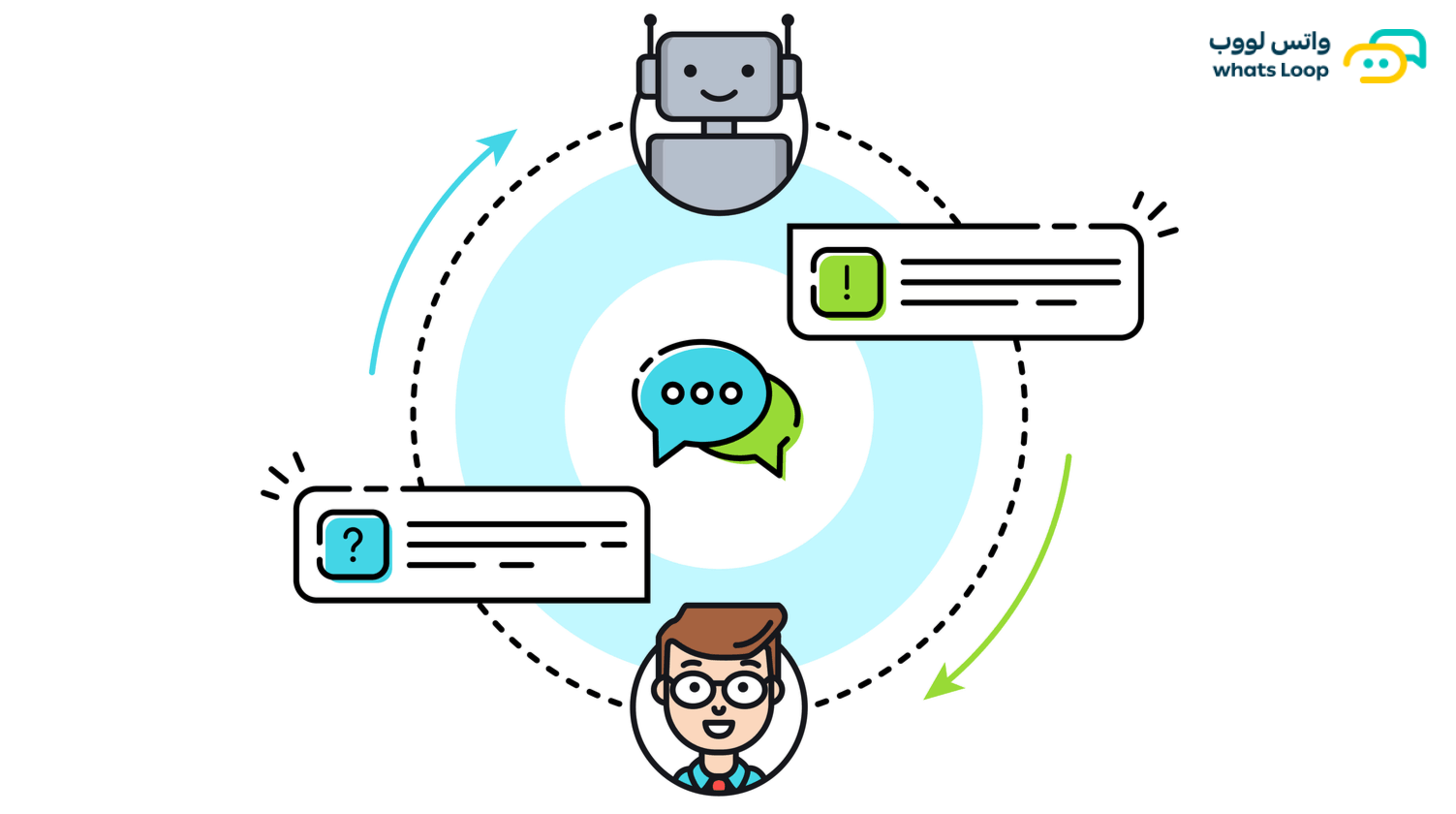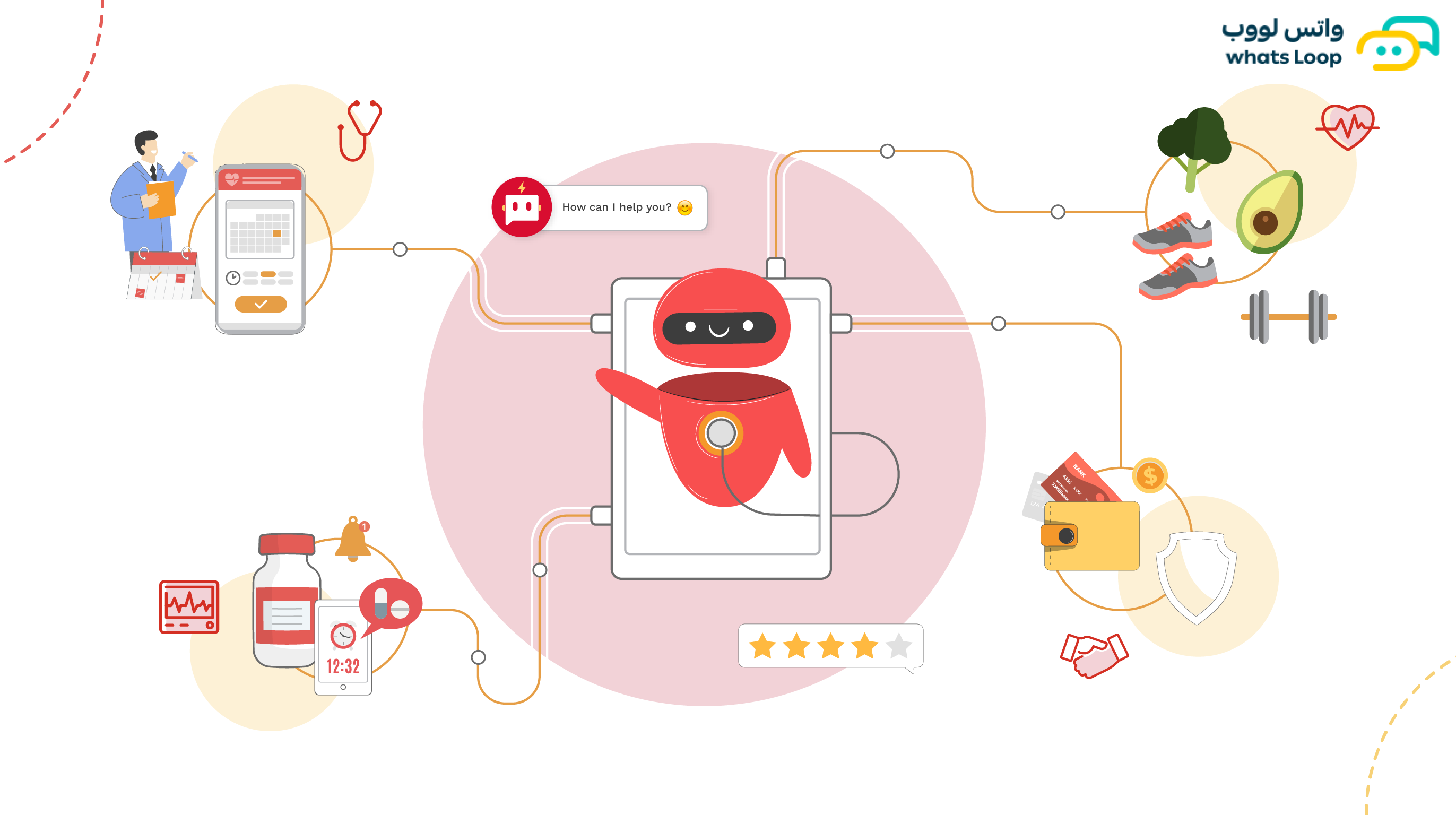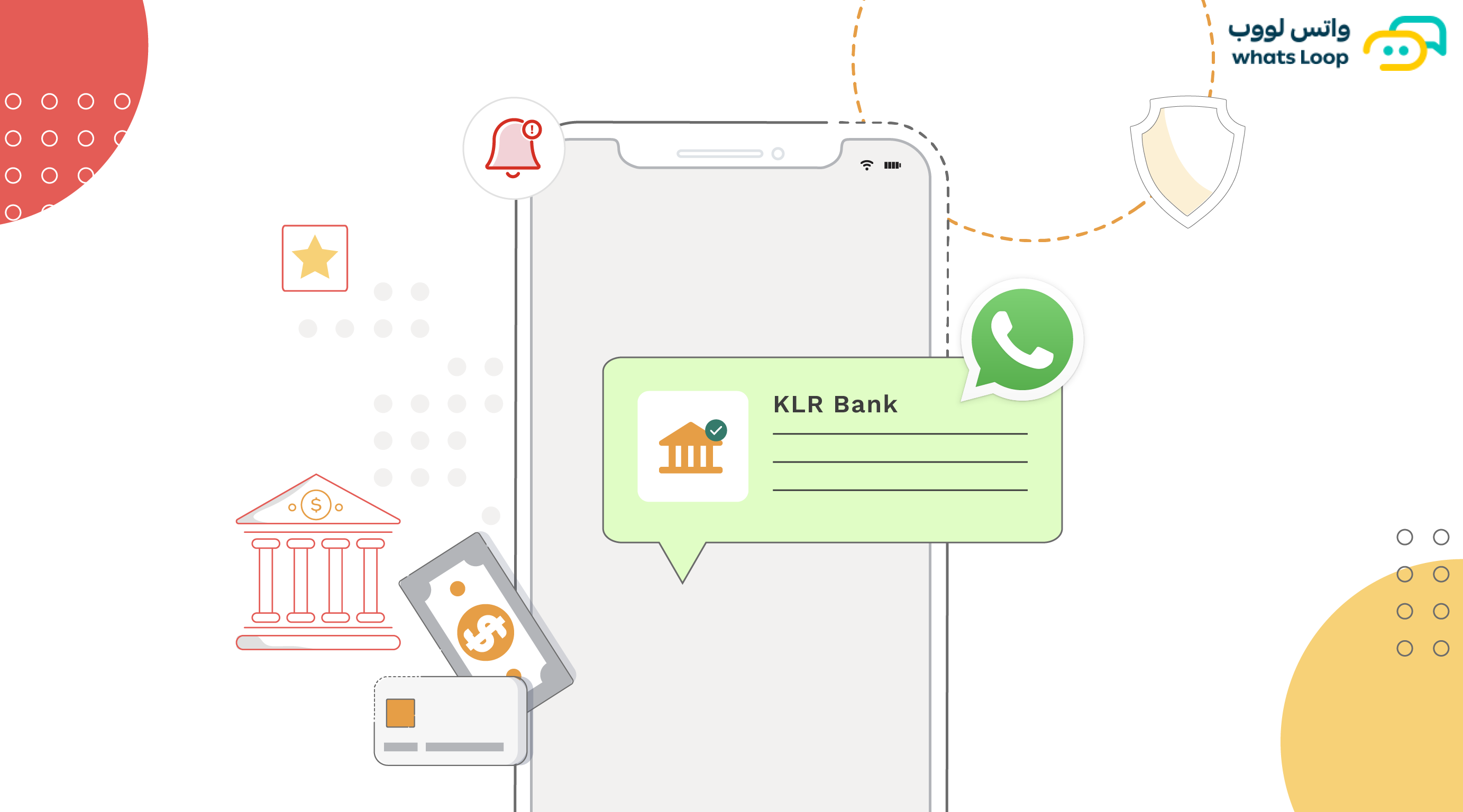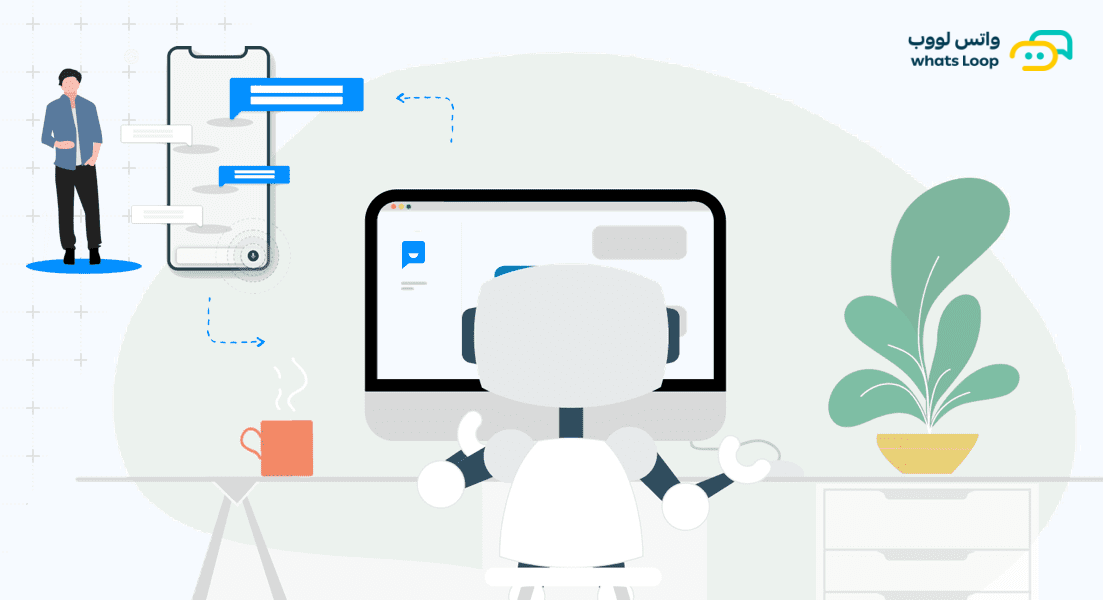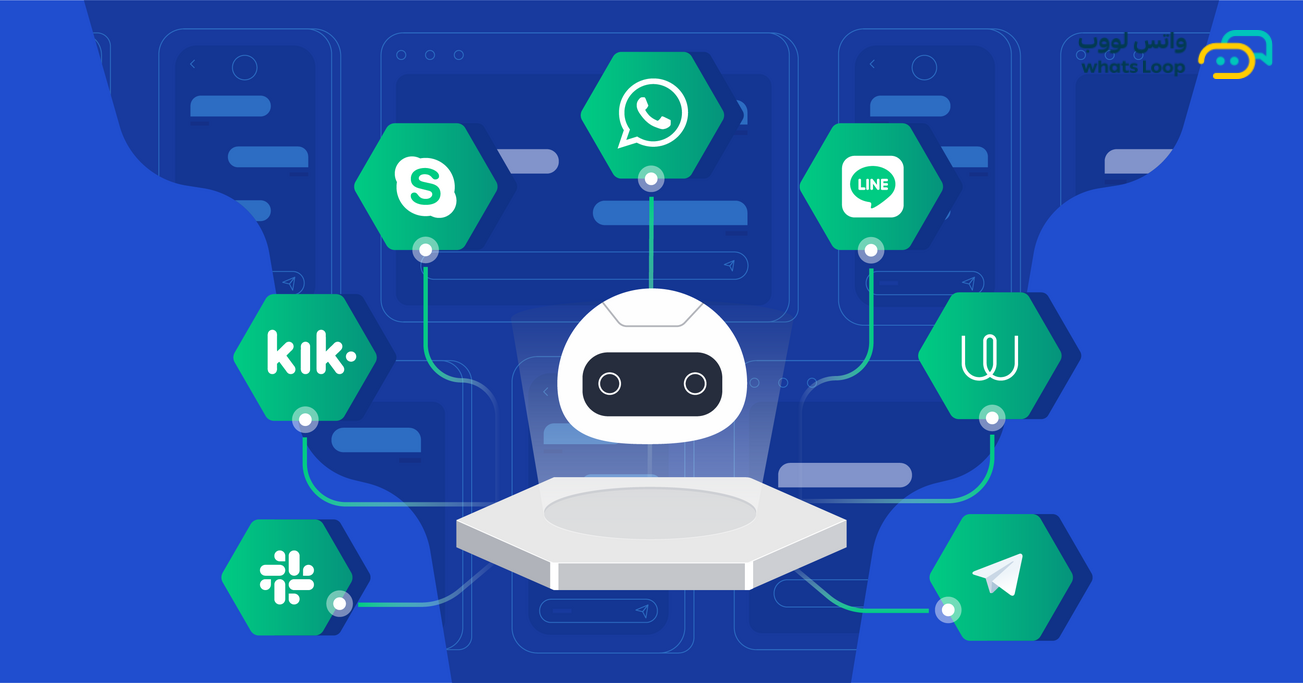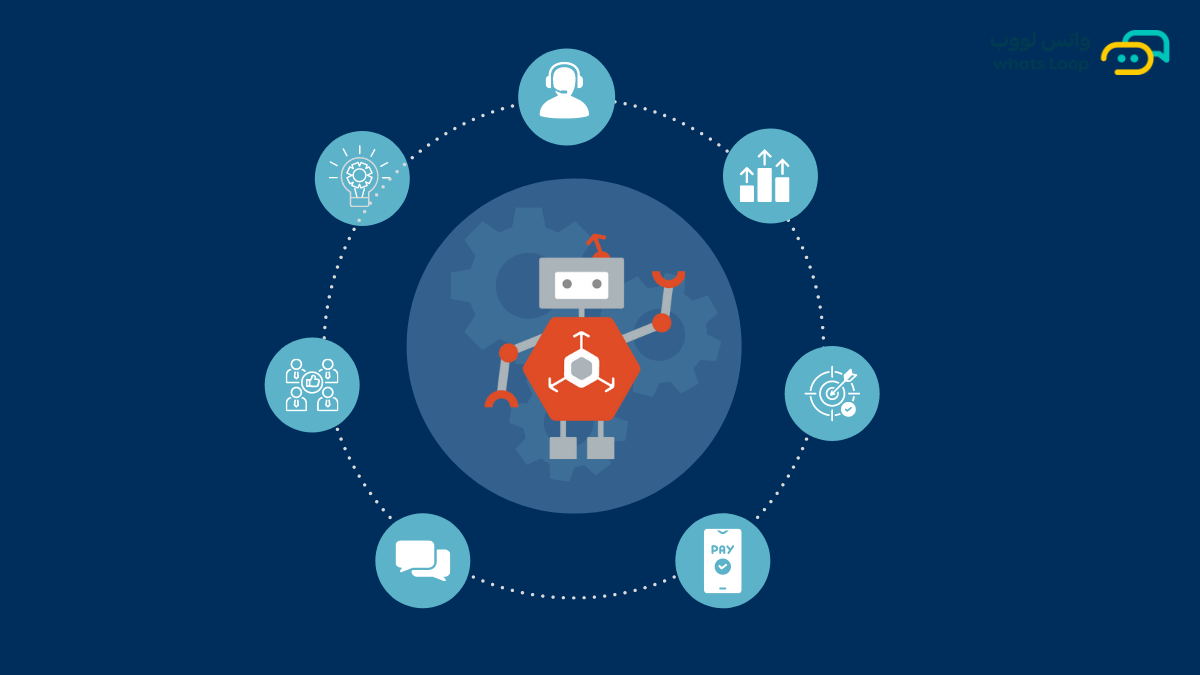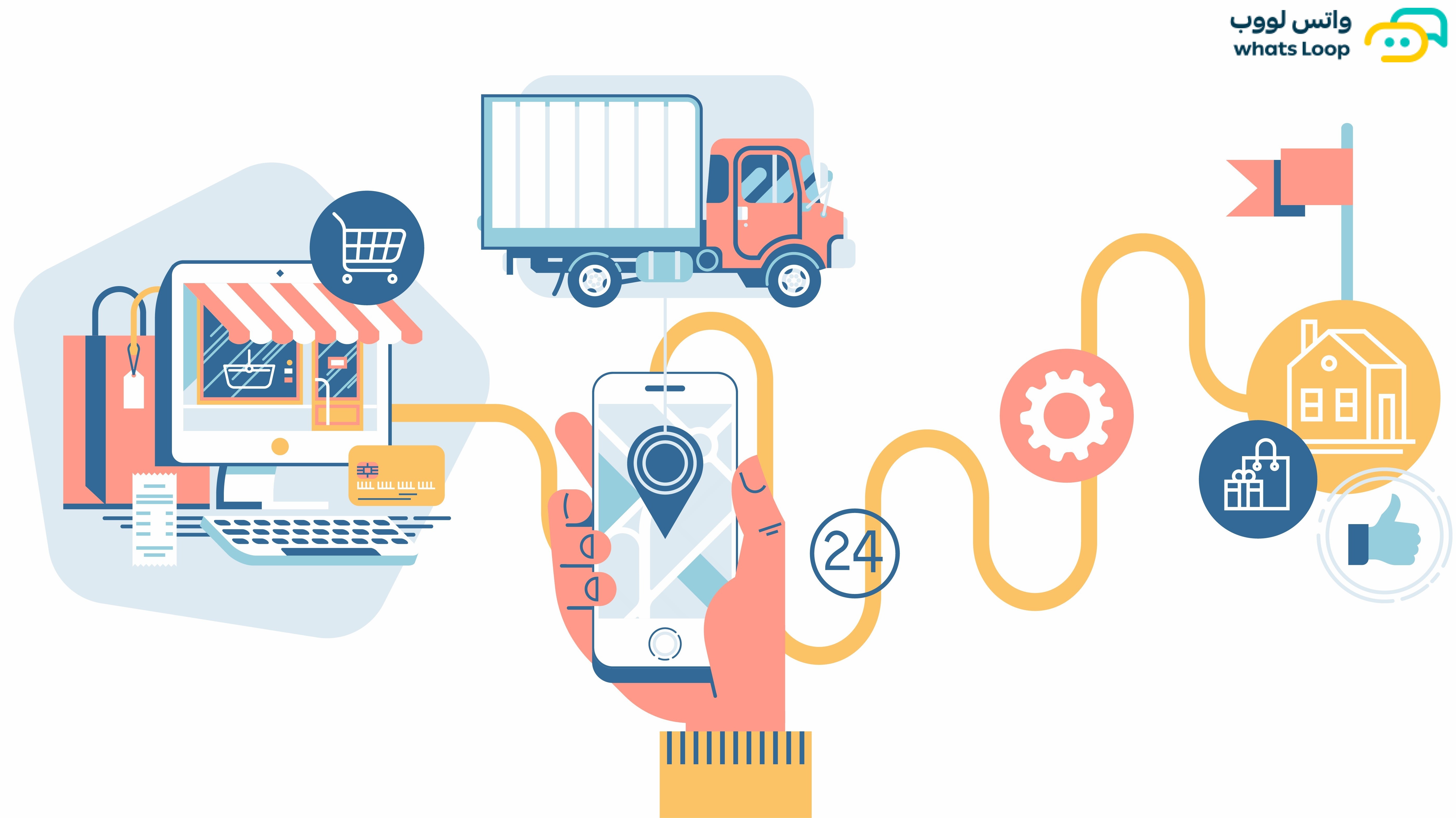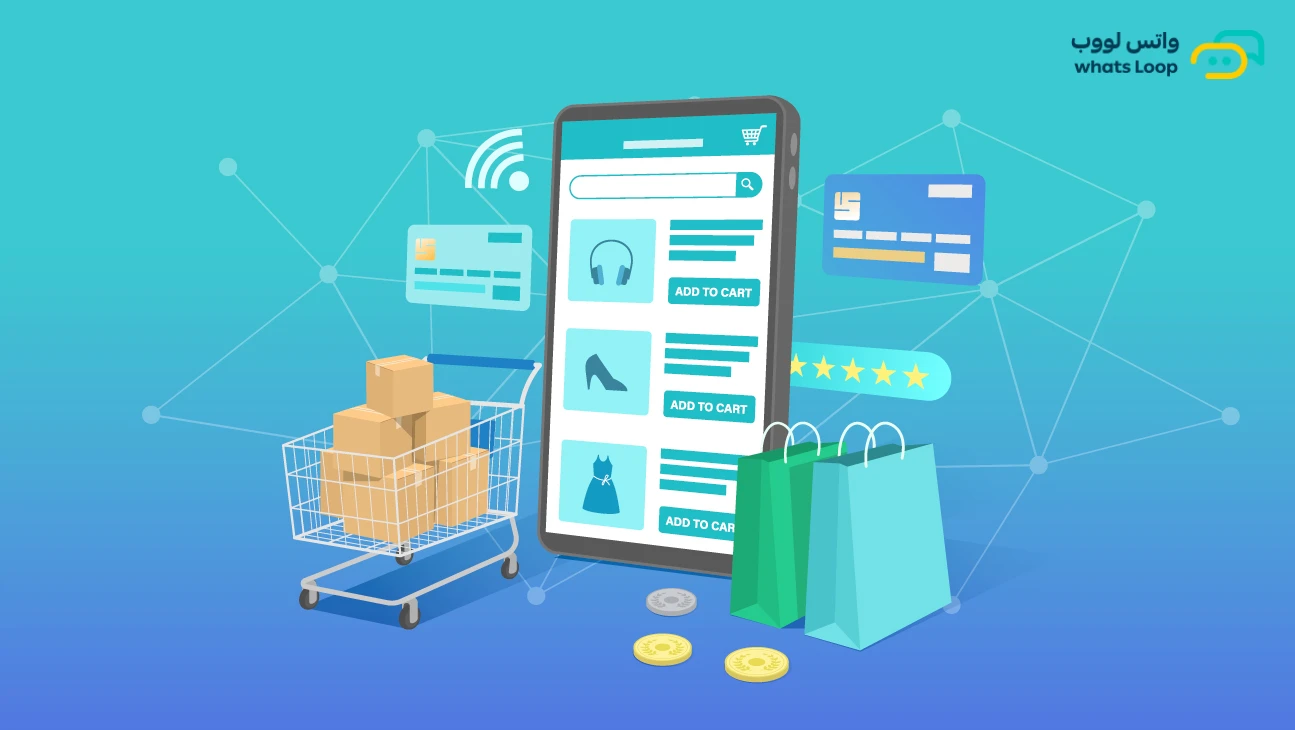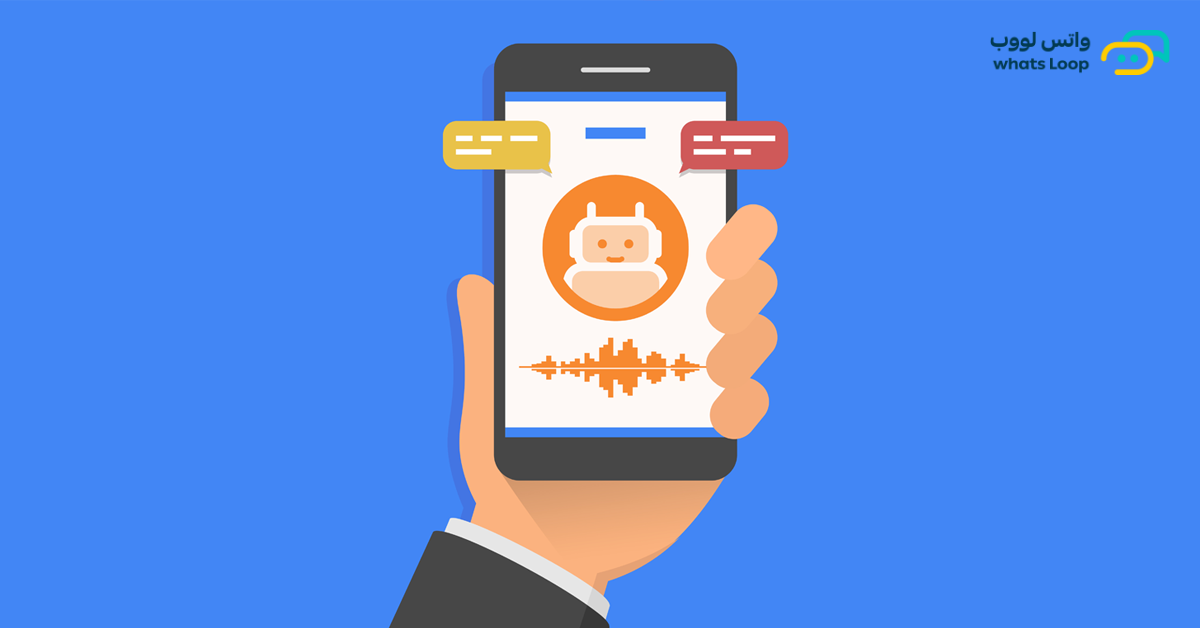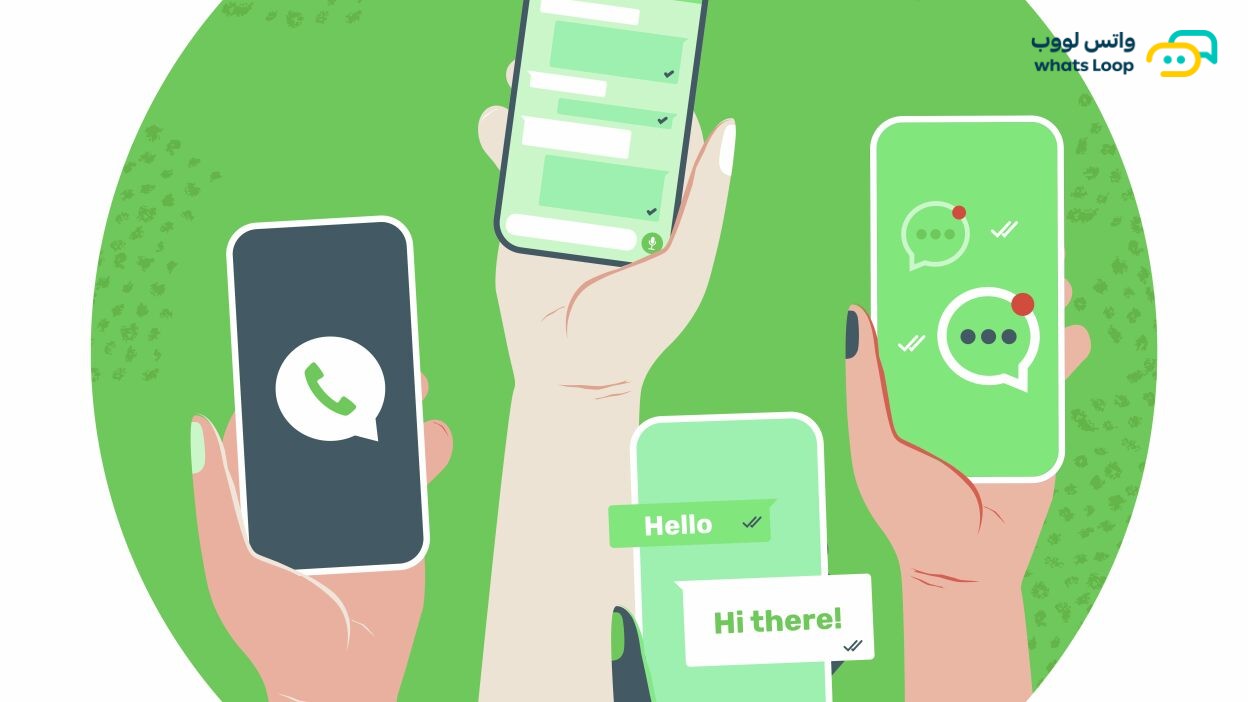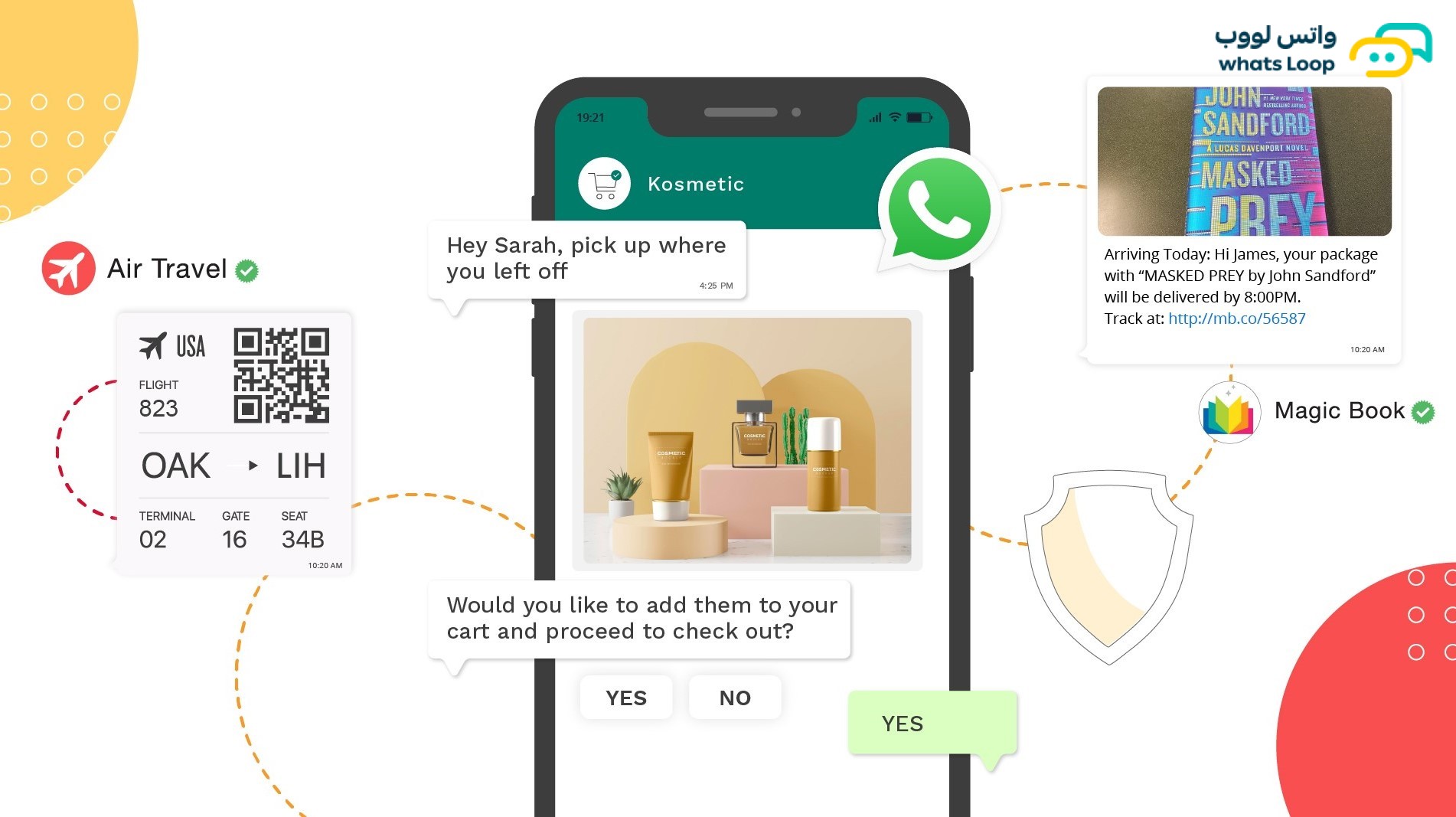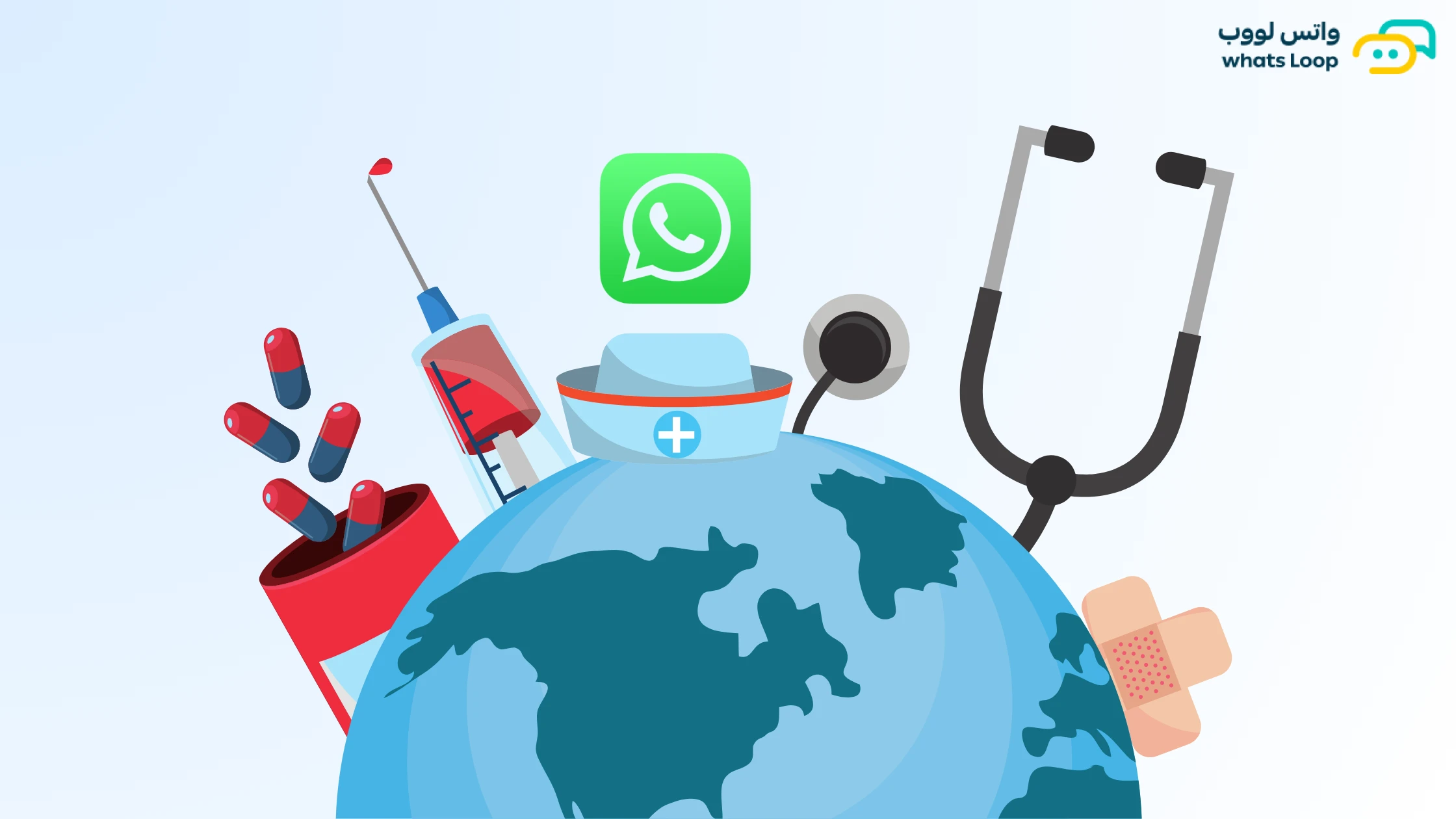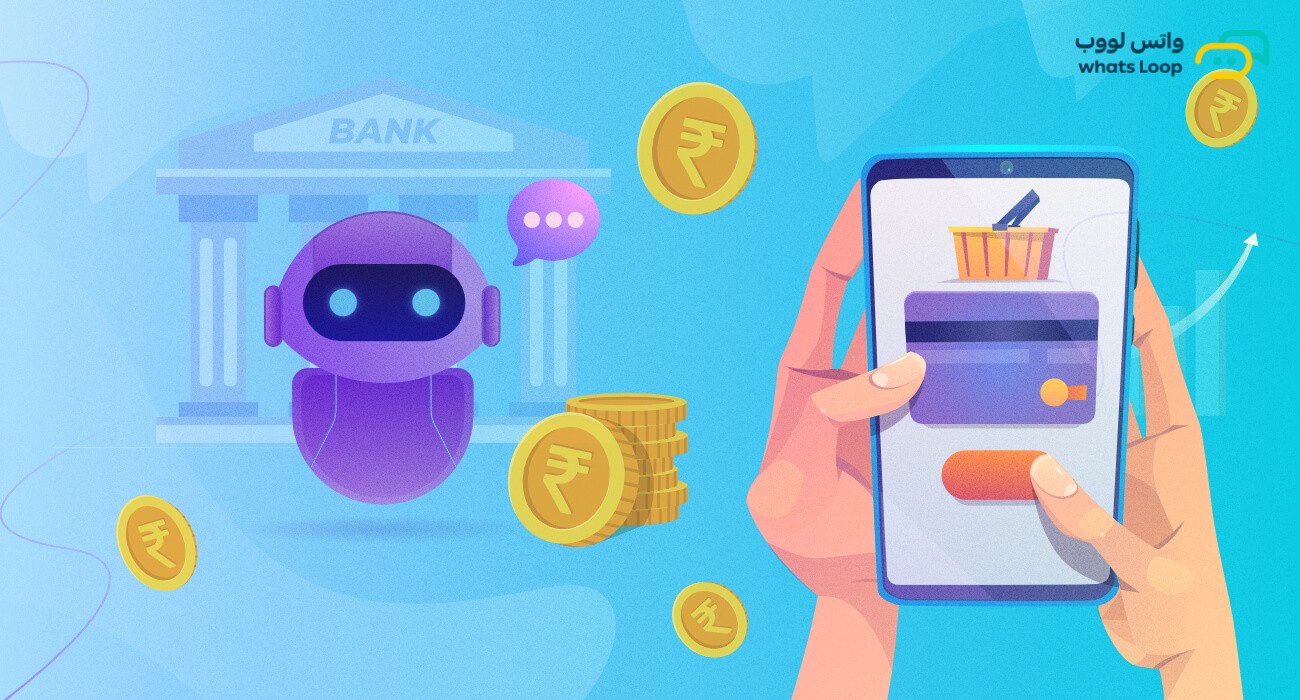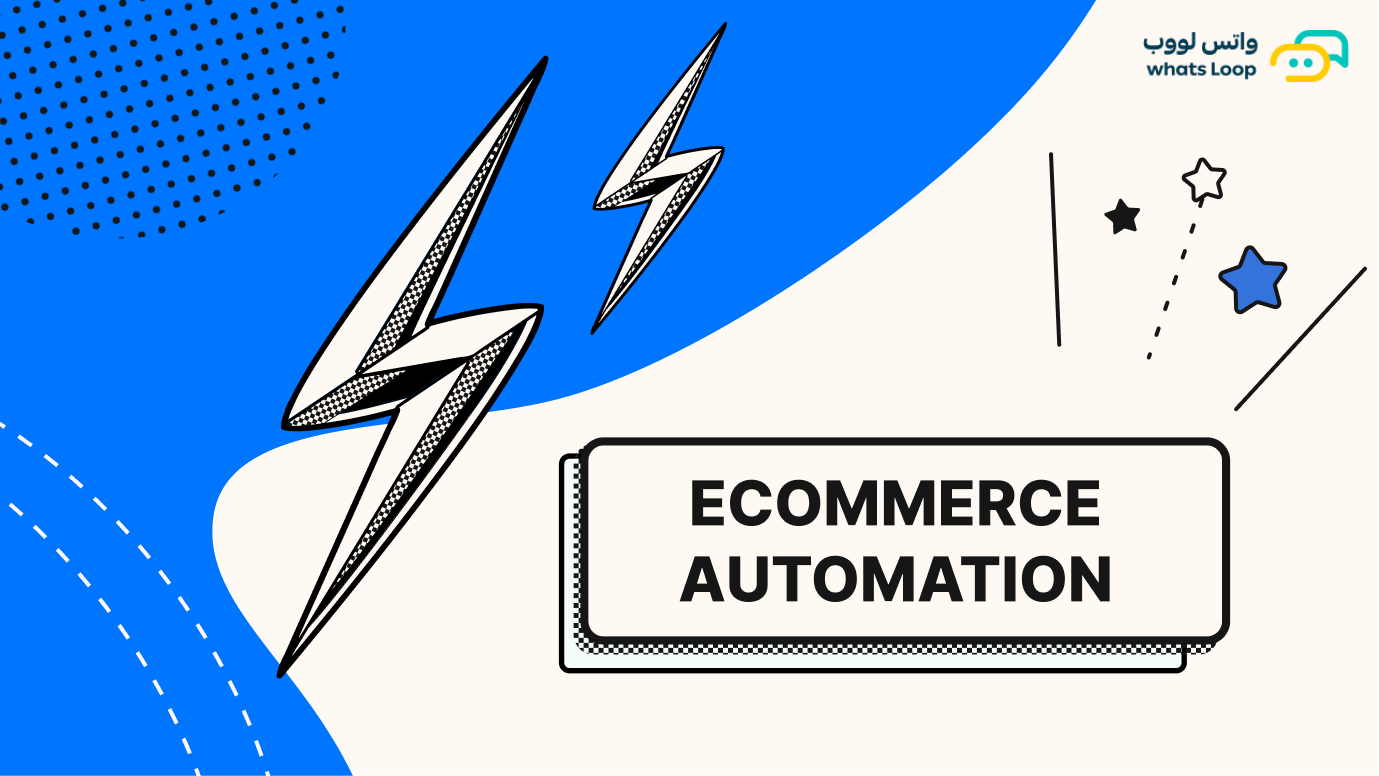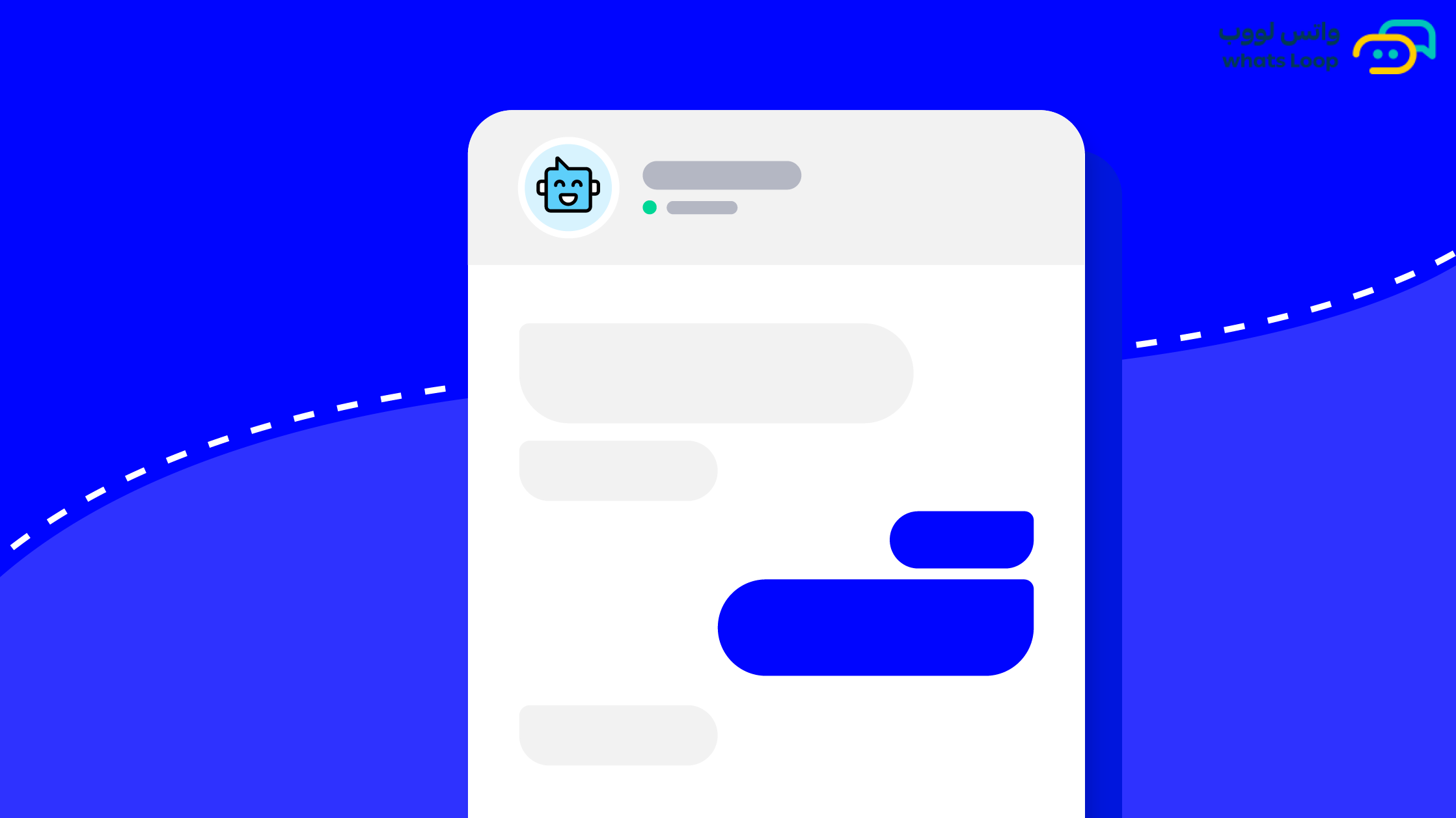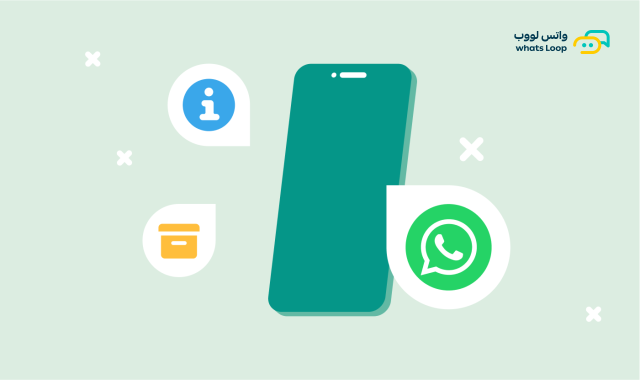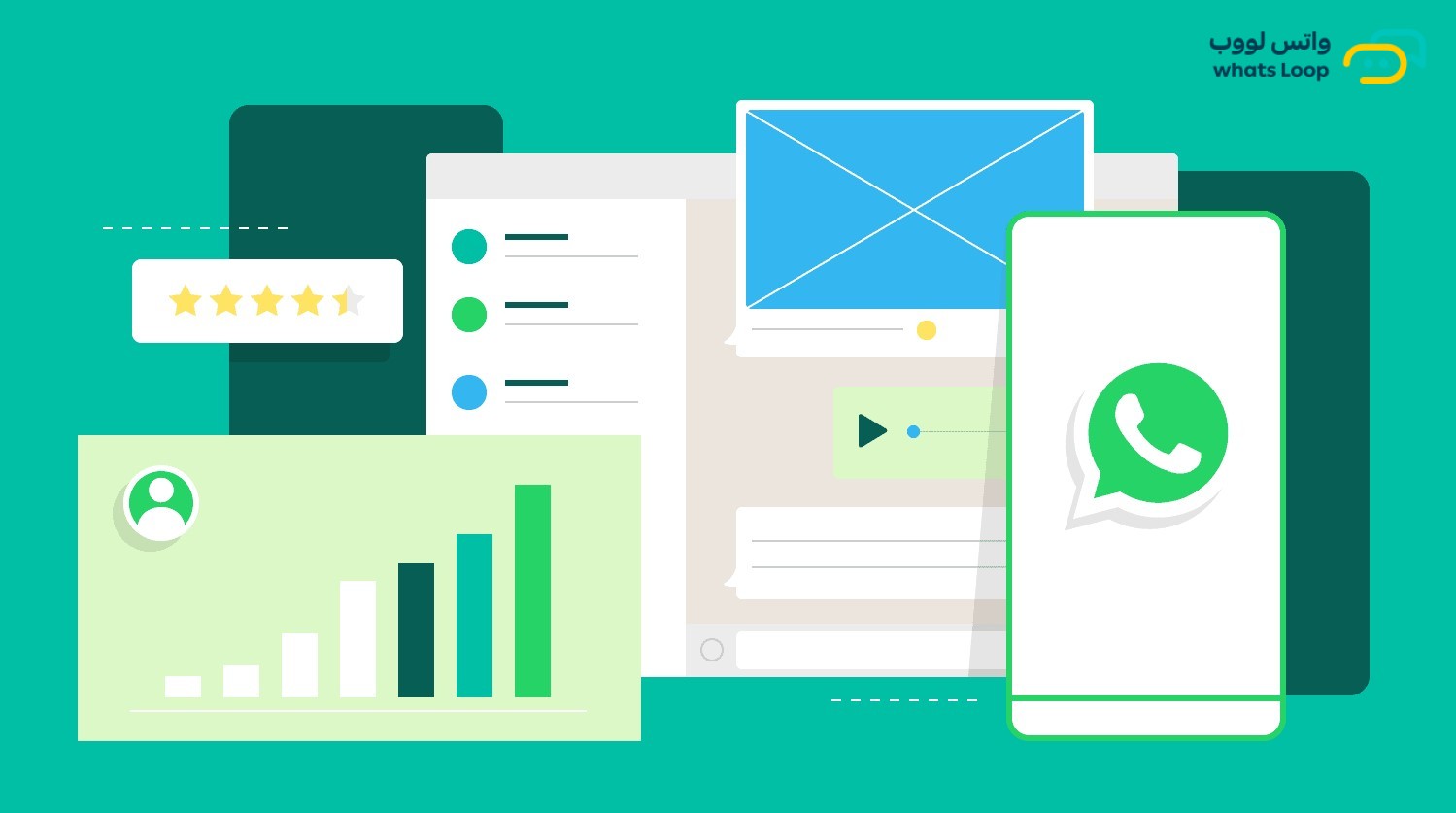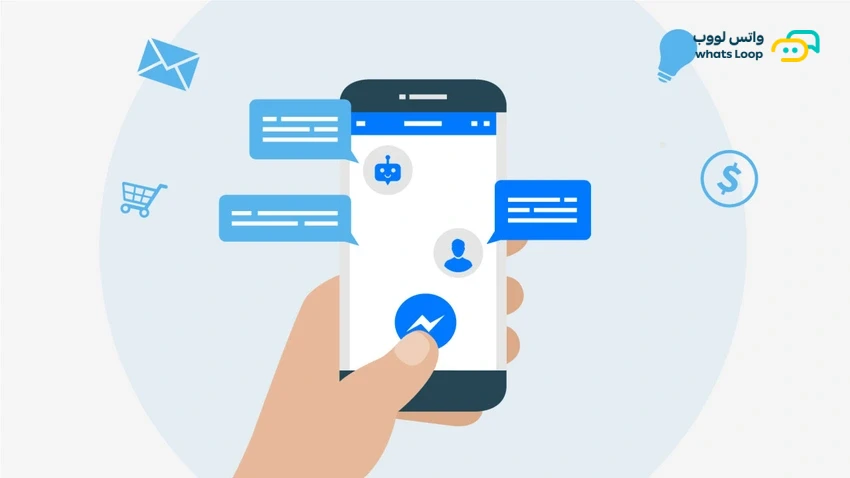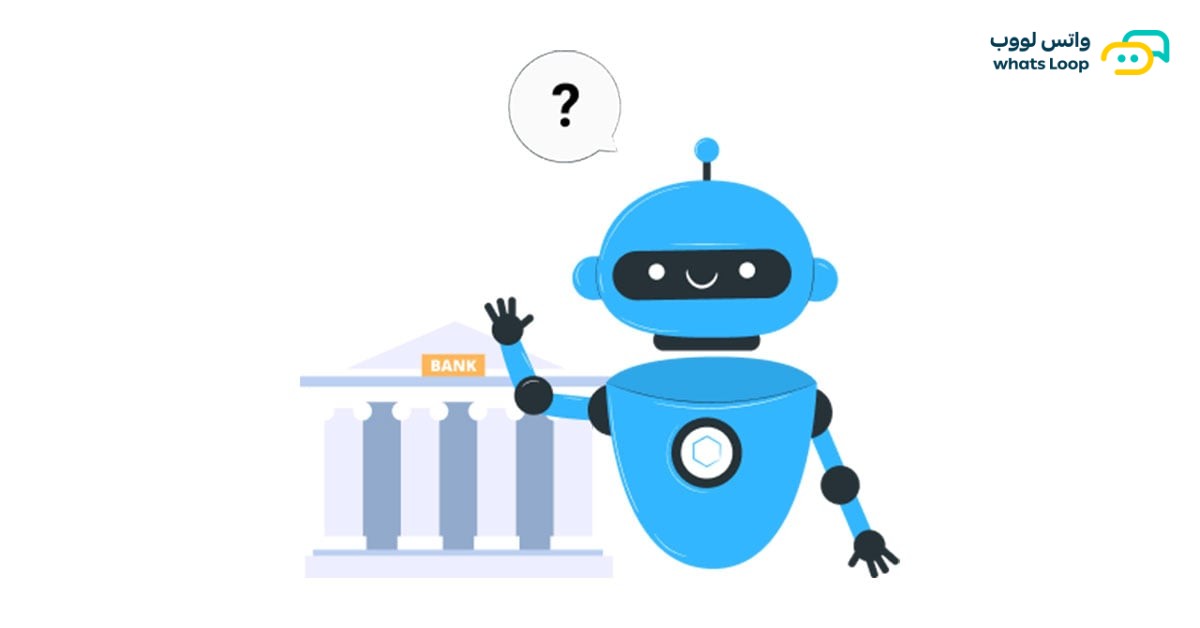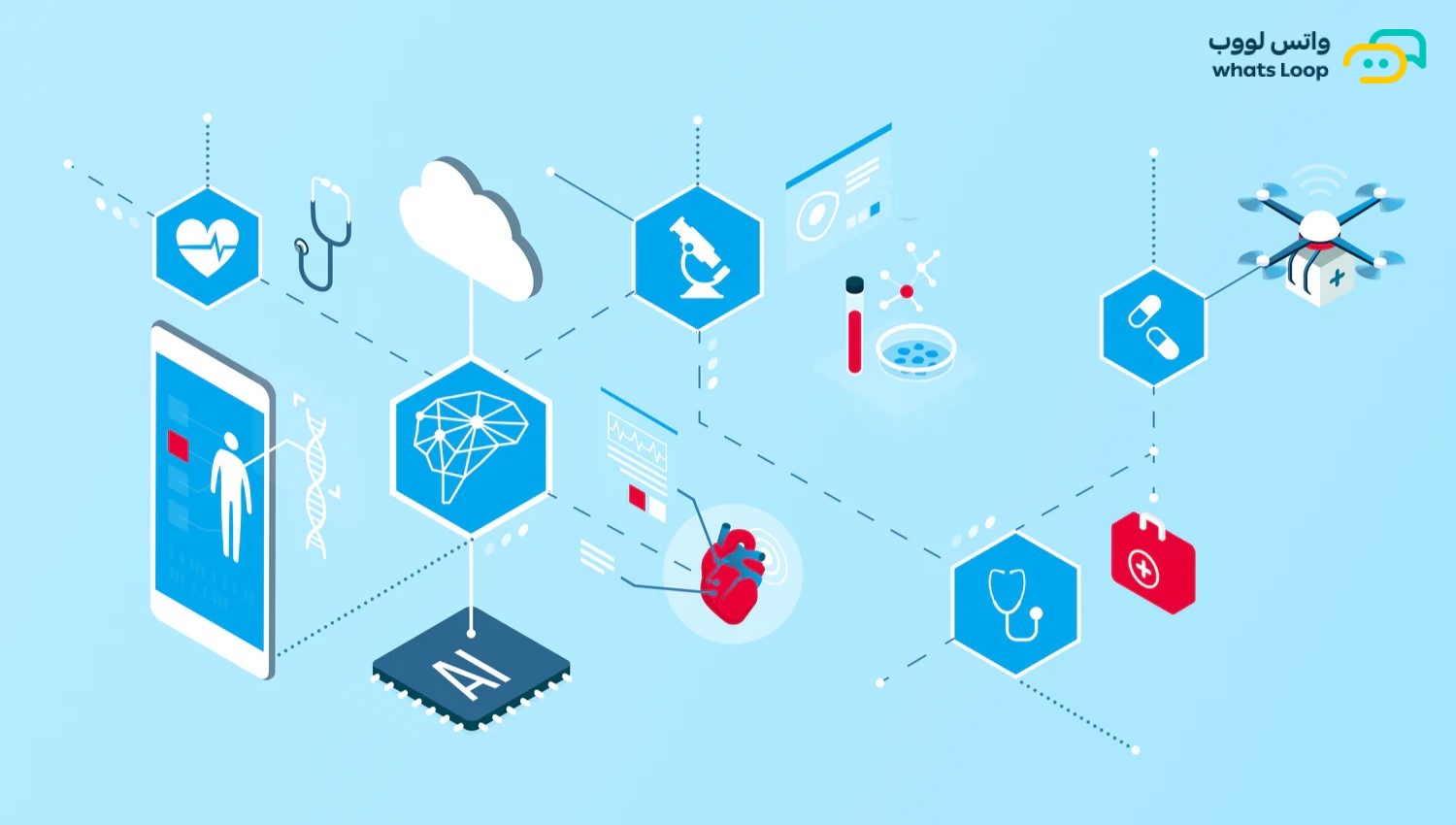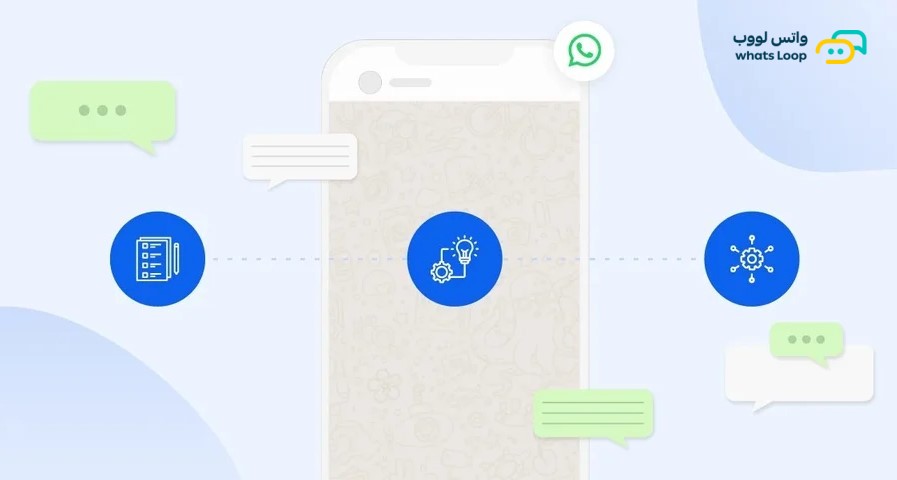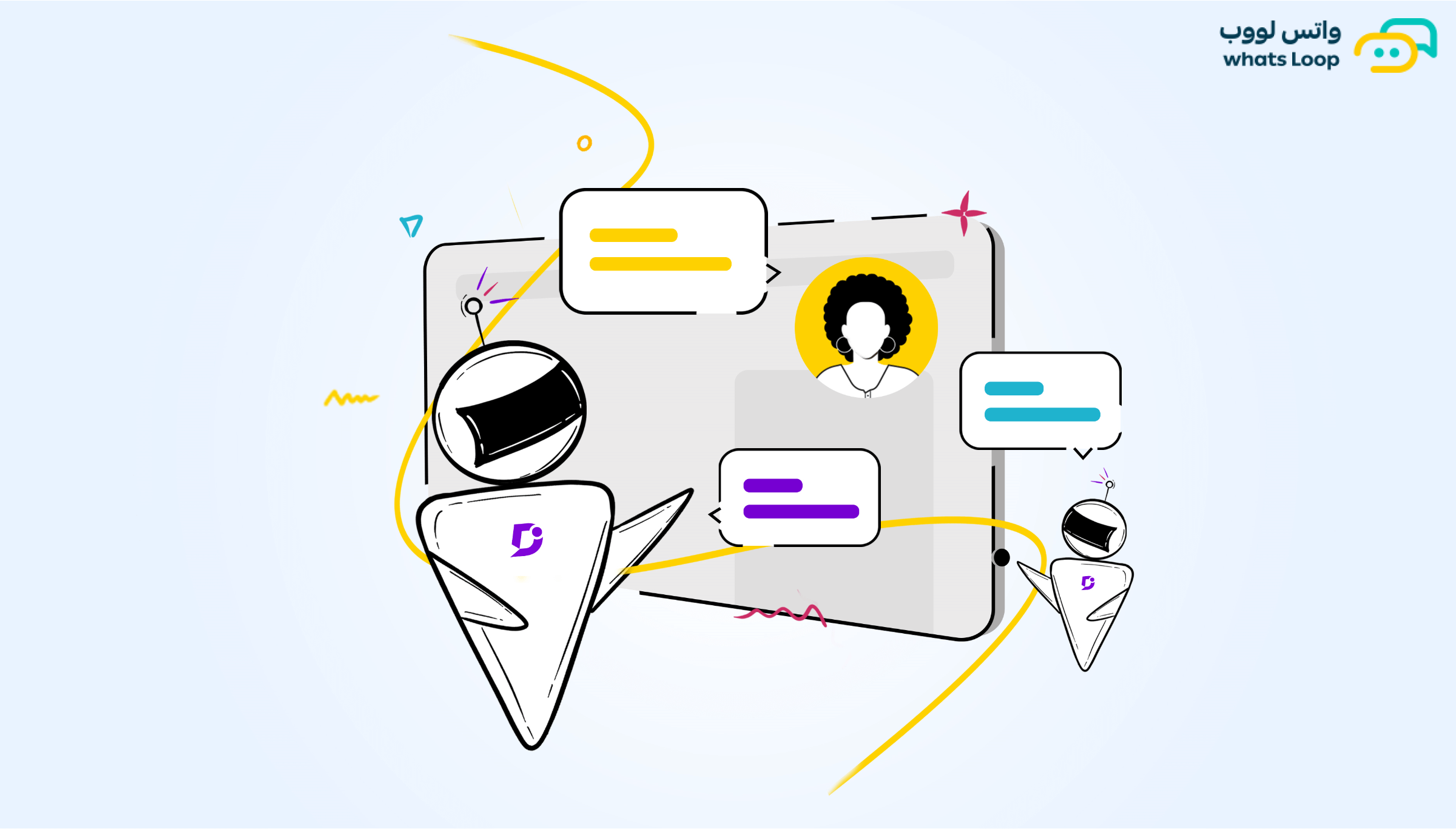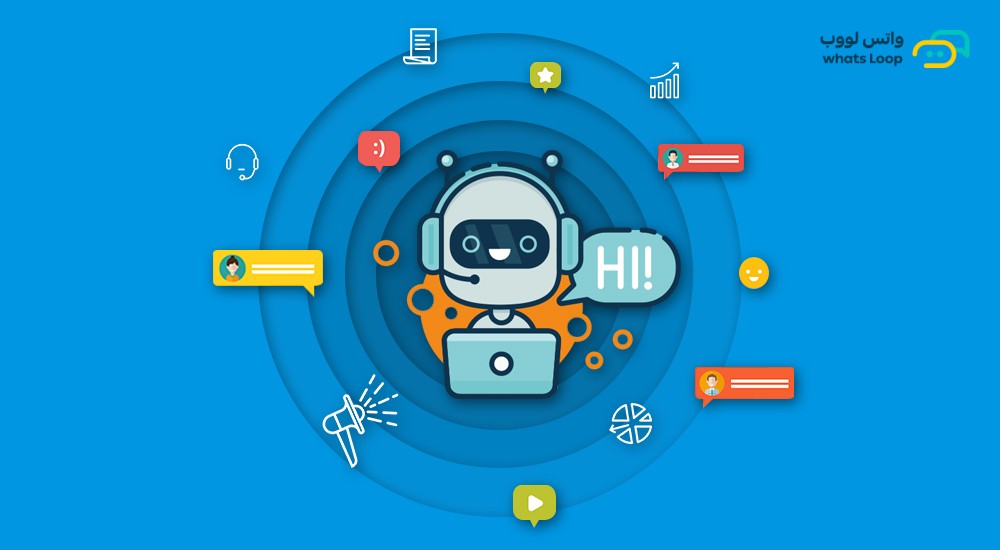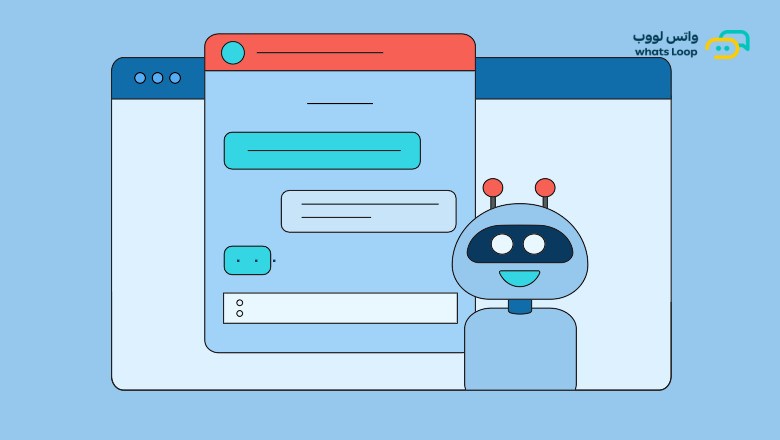In the age of modern technology, social media has become a vital tool to improve marketing strategies for small and medium businesses. Among these means, WhatsApp stands out as one of the most effective means of communication. In this article, we'll walk around how you can develop a successful marketing strategy using WhatsApp.
1. Setting a WhatsApp marketing goal
Before you start using WhatsApp as a marketing tool, you must set a clear goal. Do you want to increase sales, build customer relationships, or provide effective customer service? Setting a goal will help you shape your strategy better.
2. Build a robust database
Building a strong contact database is vital. Collect phone numbers effectively and categorize customers according to their interests and needs.
3. Send valuable and engaging messages
Avoid sending direct sponsored messages, instead, provide value to customers by sharing engaging content, special offers, or helpful tips. This will enhance interaction with your customers.
4. Take advantage of visual communication
Use visual media such as photos and videos to make your messages more interesting and understandable. You can showcase your products or better explain your services through visual media.
5. Effective interaction with customers
Communication should be two-way. Listen to customer feedback, respond to their queries effectively, and interact with them periodically. This builds strong relationships and fosters loyalty.
6. Measure performance and improve strategy
Use data analytics tools to measure the performance of your WhatsApp marketing campaigns. Rely on this data to continuously improve your strategy and achieve the best results.
Ultimately, developing a WhatsApp marketing strategy can be key to your business success. By using these steps and continually improving them, you'll gain an effective marketing experience and build stronger relationships with your audience.
1. Setting the goal of WhatsApp marketing:
Goal setting can include things like increasing sales by a certain percentage over a certain period of time, boosting brand awareness, or improving the customer experience. You can use this goal as a primary reference when developing marketing campaigns.
2. Build a robust database:
Within this step, you must ensure that you comply with the policies on the protection of personal data. Collecting numbers legally and making sure you get the consent of individuals before adding them to the database are crucial.
3. Send valuable and engaging messages:
Provide specific details about offers and discounts, and customize messages to suit the interests of the target audience. You can also use interactions like surveys to better understand the needs of your customers.
4. Take advantage of visual communication:
Use customer stories or ad videos to make your campaigns look personalized and engaging. Use stickers and photos to improve the appeal of your messages.
5. Effective interaction with customers:
Be ready to respond quickly to customer inquiries and maintain friendly and professional language. You can also organize Q&A sessions periodically to enhance communication.
6. Measure performance and improve strategy:
Use data analytics tools like Google Analytics or WhatsApp analytics tools to measure the success of your campaigns. Look at open and engagement rates to identify areas that can be improved.
Always remember that WhatsApp marketing requires continuity and constant adaptation. Continue to refine your strategy based on analytics and feed customer responses to ensure sustainable success.
1. Setting the goal of WhatsApp marketing:
Detail the goal more precisely, for example, if your goal is to increase sales, specify your target products and specific offers.
Provide practical examples of how a specific goal can improve your business performance.
2. Build a robust database:
Explain how to provide value to customers who share their phone number, such as getting special offers early or participating in surveys.
Mention legal and ethical ways to collect and use personal data.
3. Send valuable and engaging messages:
Suggest examples of engaging content, such as success stories or product reviews.
Browse how creative transcription strategies can be included to make messages more engaging.
4. Take advantage of visual communication:
Explain how visual media can enhance communication and stimulate interaction.
Suggest techniques to shoot products or create effective video content.
5. Effective interaction with customers:
Make a plan to react to incoming comments and messages instantly.
He advised conducting "live" sessions for a live stream that allows customers to ask questions and get instant responses.
6. Measure performance and improve strategy:
Provide live examples of how to use analytics tools to understand and optimize campaign challenges.
Explain how continuous analytics can guide changes in real time.
He made a strong conclusion summarizing the main points.
Suggest steps for readers to start implementing WhatsApp marketing strategies.
Note:
Make sure the article follows the latest privacy and WhatsApp marketing policies.
It is preferable to include links or practical examples to clarify the points further.
1. Setting the goal of WhatsApp marketing:
Target audience analysis: Do a detailed study of the target audience, such as age, gender, geographic location, and interests. This helps in forming targeted and effective messages.
Quantify goals: Set specific metrics for success, such as an increase in sales by a certain percentage or improved customer response.
2. Build a robust database:
Customer engagement techniques: Provide incentives for customers to provide their contact information, such as exclusive offers or a chance to win prizes.
Data management strategies: Talk about how to organize and manage data effectively to be relevant to legislation and get the most out of it.
3. Send valuable and engaging messages:
Use stories: Including customer stories and experiences can enhance communication and make messages more inspiring.
Use interactive technology: Write about how interactive means such as surveys and automatic responses can be used to improve the quality of communication.
4. Take advantage of visual communication:
Cropping and editing strategies: Explain how the quality of photos and videos can be improved through the use of cropping and editing techniques.
Engage with content: Encouraging customers to share and comment on content can enhance reach and interaction.
5. Effective interaction with customers:
Use personal messaging: Learn how personal and professional messaging can be used to strengthen the relationship with customers.
Provide a quick fix: Talk about how WhatsApp can be used as a way to quickly resolve customer issues.
6. Measure performance and improve strategy:
Effective analysis: Explain how analytics can be used to identify any factors that need to be optimized and fine-tuned the campaign.
Submit periodic reports: Talk about the importance of providing periodic reports to measure progress and provide guidance for future improvement.
Final conclusion: Provide a strong conclusion that summarizes the importance of developing an effective marketing strategy via WhatsApp and how it can contribute to business success.
1. Setting the goal of WhatsApp marketing:
More audience detail: Browse illustrative examples of how to tailor your target audience, such as using marketing data to identify demographics and target behaviors.
Set goals in a timely manner: Provide details on how to set a time frame to achieve goals, such as setting short- and long-term goals.
2. Build a robust database:
Strategies to motivate customers to participate: Demonstrate how customers can be consistently motivated to participate, such as holding monthly contests or offering rewards to active participants.
Provide examples of data organization: Demonstrate how to organize data effectively, such as segmenting customers based on their preferences or behavior pattern.
3. Send valuable and engaging messages:
Illustrate the power of stories: How stories can motivate your customers and make your messages more impactful, including leveraging customer testimonials.
Diversity in content: Review how content is diverse, including explainer videos or audio clips.
4. Take advantage of visual communication:
Visual editing techniques: Explain how editing tools can be used to make photos and videos more professional and attractive.
Engage with content: How customers can be encouraged to share and interact with content, such as using hashtags or organizing challenges.
5. Effective interaction with customers:
Expand on personal messages: How you can use personal messages to show individual interest in each customer.
Engagement in live events: Provide examples of how WhatsApp can be used for live events or private initiatives.
6. Measure performance and improve strategy:
Use data effectively: How to analyze data periodically to modify marketing strategies.
Provide detailed sample reports: Display templates for detailed analytical reports to illustrate how data is used in decision-making.
Additional Resources Consultation: Provide references or links to additional resources that readers can turn to for more information.
1. Setting the goal of WhatsApp marketing:
Deeper audience analysis: Present examples of case studies or market research to illustrate how the audience can be understood more deeply through specific analysis of behaviors and preferences.
Linking goals to the overall strategy: How to integrate WhatsApp marketing objectives with the company's overall marketing strategy.
2. Build a robust database:
Explain the benefits to customers: How customers benefit from providing their contact information, such as receiving exclusive offers or early access to new products.
Adjust strategies for different customers: How messages and offers can be customized according to the needs and interests of specific groups in the database.
3. Send valuable and engaging messages:
Use linking with current issues: How marketing messages can be linked to current issues or social events to increase the appeal of content.
Engage with customers in the app: How direct interaction techniques can be used in the app to increase the effectiveness of campaigns.
4. Take advantage of visual communication:
Breakdown of editing techniques: How marketers can use editing tools like Photoshop or visual editing apps to improve content quality.
Data analysis about interaction: How to measure interaction with visual content and analyze performance data effectively.
5. Effective interaction with customers:
Automated replies and artificial intelligence: How automated responses and advanced technology can be used to improve customer experience.
Engagement loop example: Provide a practical example of how an effective interaction with specific customers can occur.
6. Measure performance and improve strategy:
Use specific tools for analysis: Demonstrate how specific tools such as Google Analytics or Facebook Insights can be used to estimate results.
Data integration with other analytics: How WhatsApp marketing data can be integrated with data from other sources for comprehensive insight.
Guidance for additional resources: Provide a list of additional resources for readers to continue learning WhatsApp marketing strategies.
1. Setting the goal of WhatsApp marketing:
Using AI and Data Analytics: How AI Technologies Can Be Used to Analyze Data and Understand Customer Behaviors More Deeply.
Link key goals and indicators: Detail how to link WhatsApp marketing goals to key performance indicators to measure success.
2. Build a robust database:
Development of intelligent data recording systems: How data recording systems can be organized to effectively handle a large volume of information.
Using large analysis techniques to leverage data: How large analysis techniques can be used to extract patterns and directives from large amounts of data.
3. Send valuable and engaging messages:
Outline optimization strategies: How to optimize message content so that it is useful and inspiring to a wider range of customers.
Integration of stories with brand vision: How marketing stories can be linked to brand vision to promote distinction.
4. Take advantage of visual communication:
Interaction with live events: How visual media can be used to highlight live events and enhance interaction.
Quality improvement with passionate content: How to collaborate with industry professionals to improve the quality of visual content.
5. Effective interaction with customers:
Using AI for Automated Responses: How the customer experience can be improved through the use of AI for intelligent automated responses.
Encourage continuous engagement: How to create incentive programs for customers to participate continuously.
6. Measure performance and improve strategy:
Explain how each analysis works: Analyze analytics better, such as identifying differences between open rates and response rates.
Temporal analysis of data: How to analyze data over time to identify trends and integrate them with other campaigns.
Highlight successful customer experiences: Share successful customer experiences to demonstrate the power of WhatsApp marketing strategies.
Call for motivation: Motivate readers to experiment with ideas and integrate them into their own strategies.
1. Setting the goal of WhatsApp marketing:
Use practical examples: Provide live examples of companies that have successfully set effective marketing goals via WhatsApp and how this has had a positive impact on their business.
Clarify time strategies: How to set measurable and verifiable time goals to determine campaign success.
2. Build a robust database:
Invite customers to participate: How customers can be effectively encouraged to provide their contact information and participate in base building.
Using CRM tools: How CRM systems can be used to better track customer details and analyze their data.
3. Send valuable and engaging messages:
Awareness videos: How awareness videos can be used to explain concepts or to showcase products more attractively.
Interpret story strategies: How to effectively structure stories to achieve marketing goals and stimulate engagement.
4. Take advantage of visual communication:
Focus on Graphic design: detailing how the quality of Graphic can be improved and choosing colors in a way that promotes interaction.
Engagement Boosting Strategies: How Hashtags and Challenges Can Be Used to Boost Customer Engagement.
5. Effective interaction with customers:
Quick and effective response: How to improve response time and provide immediate solutions to customer needs.
Participation in special events: How special events and celebrations can be used to increase engagement.
6. Measure performance and improve strategy:
Analyze trends over time: How campaign performance can be tracked over time periods to understand trends and integrate them into future strategies.
Location-based event analysis: How site analytics can be used to understand how audiences from different locations respond.
Guidance for additional resources: How to direct readers to additional resources to deepen their understanding of WhatsApp marketing strategies, such as articles, webinars, or training courses.
Encourage initiative: How to motivate readers to embrace ideas and integrate them into their own strategies.
These expansions can enhance the value of the article and help readers achieve the best results in applying WhatsApp marketing strategies.
1. Setting the goal of WhatsApp marketing:
Interact with customers through live courses: How to organize live sessions via WhatsApp to interact directly with customers, allowing them to ask questions and get instant answers.
Linking marketing goals to the company's strategic objectives: How to link WhatsApp marketing goals to the company's overall strategic goals, which contributes to achieving the brand vision.
2. Build a robust database:
Maintaining data privacy: How protective mechanisms can be put in place to ensure the privacy of customer data and compliance with data protection legislation.
Using AI in Data Analysis: How AI Techniques Can Be Used to Analyze Big Data and Extract Strategic Insights.
3. Send valuable and engaging messages:
Use stories for engagement: How stories can be used to stimulate engagement and build a strong relationship with customers.
Activating direct response strategies: How to activate effective response strategies such as special offers for rapid responders.
4. Take advantage of visual communication:
Data analysis about audience engagement: How interaction data can be analyzed with visual content to identify interests and audience preferences.
Using visual media to motivate customers: How visual media can be used to motivate customers and increase conversion rates.
5. Effective interaction with customers:
Using chatbots to improve customer experience: How AI can be used in chat apps to provide an interactive and seamless experience.
Customer Feedback Analysis: How customer responses can be analyzed and used to improve customer services and product development.
6. Measure performance and improve strategy:
Data analysis to enhance strategies: How analytics can be used to identify trends and improve future campaigns.
Using A/B tests: How A/B tests can be implemented to measure and improve the effectiveness of specific messages.
7. Conclusion:
Orientation for workshops and educational resources: How to provide readers with a guide on how to participate in workshops and learn resources to enhance WhatsApp marketing skills.
.png)




